
LOADING ...
In response to evolving domestic opinion, eMedals Inc has made the conscious decision to remove the presentation of German Third Reich historical artifacts from our online catalogue. For three decades, eMedals Inc has made an effort to preserve history in all its forms. As historians and researchers, we have managed sensitive articles and materials with the greatest of care and respect for their past and present social context. We acknowledge the growing sentiments put forth by the Canadian public and have taken proactive actions to address this opinion.
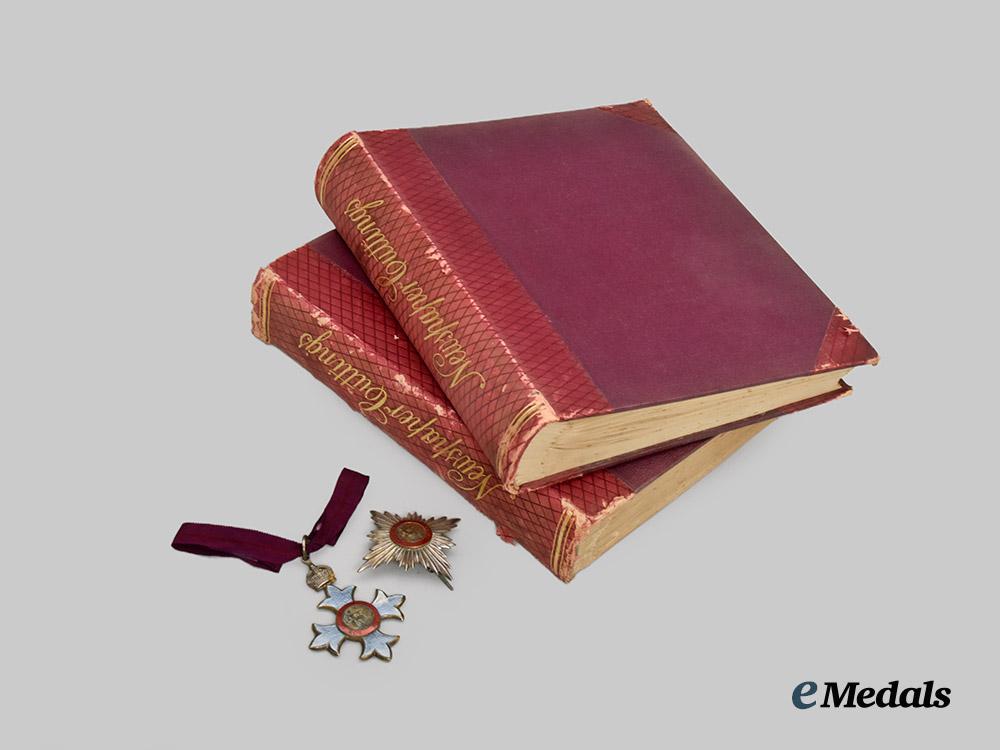
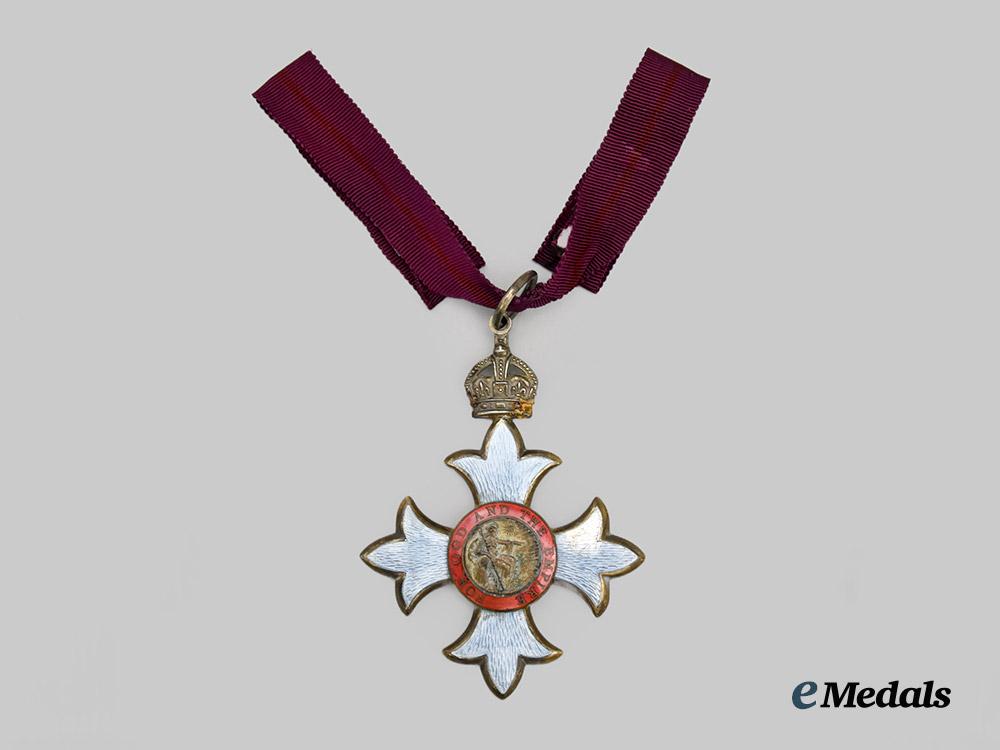
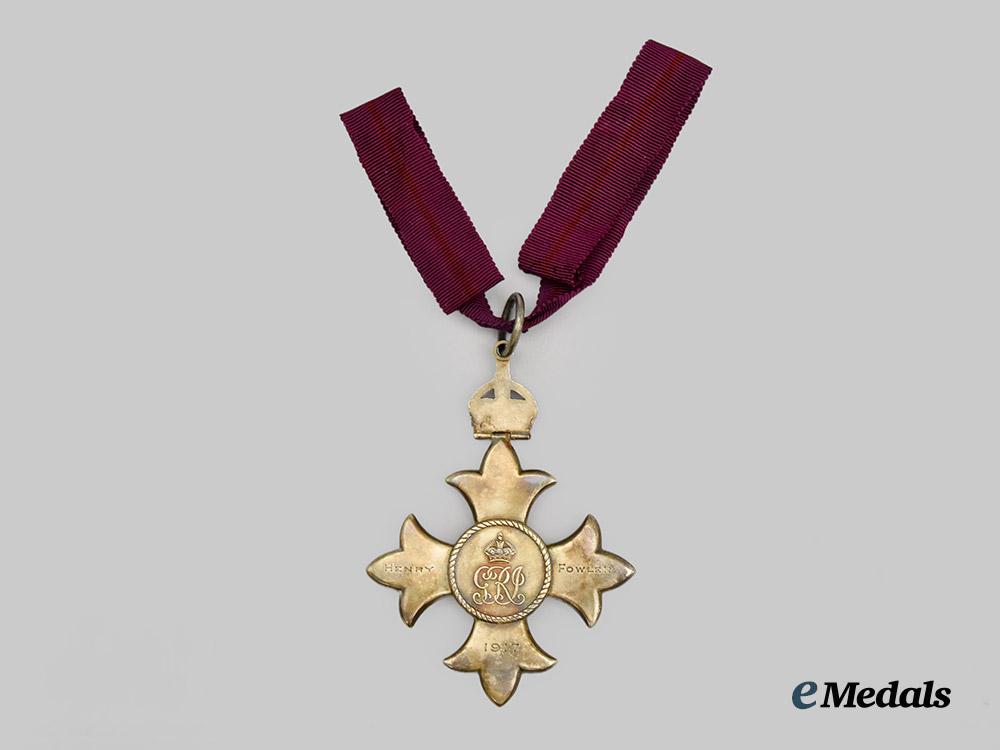
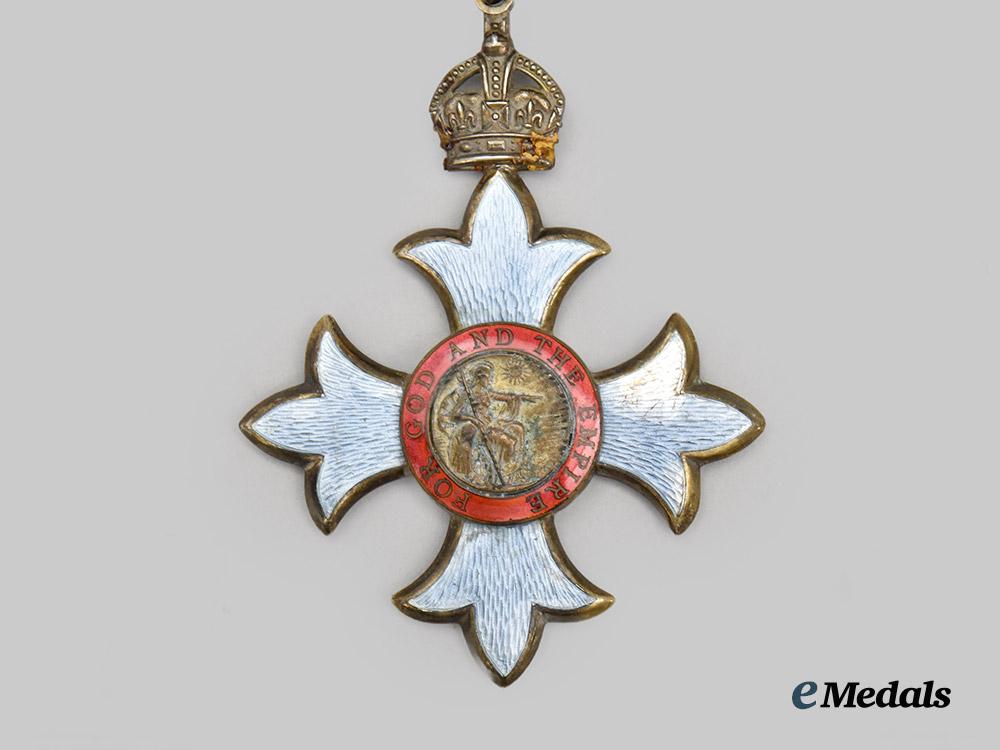
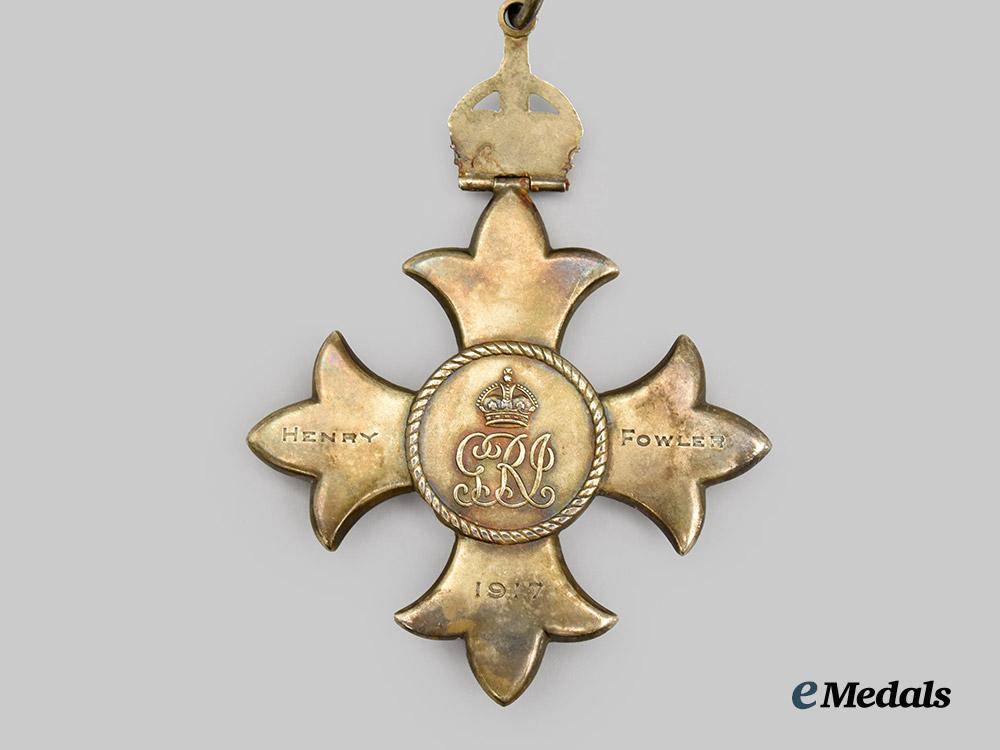
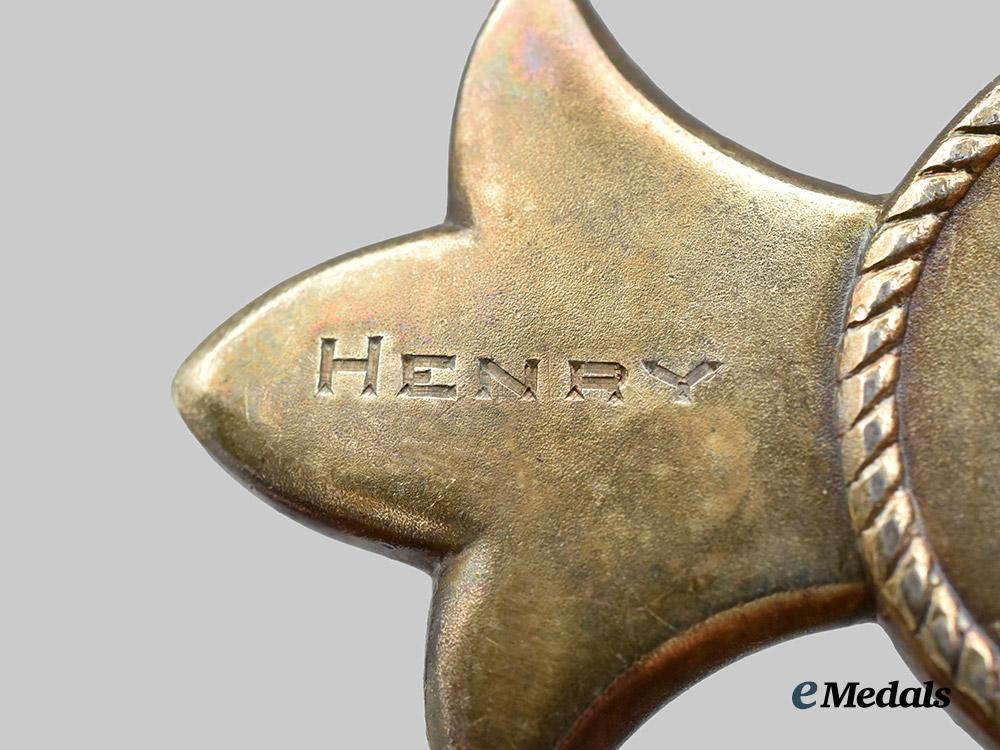
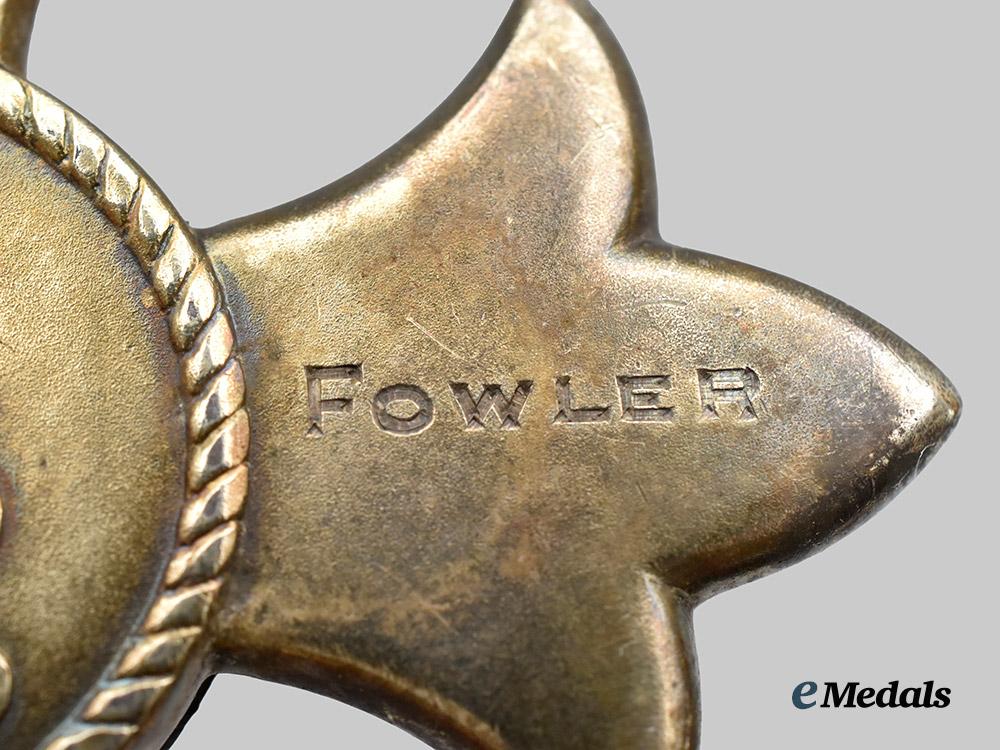
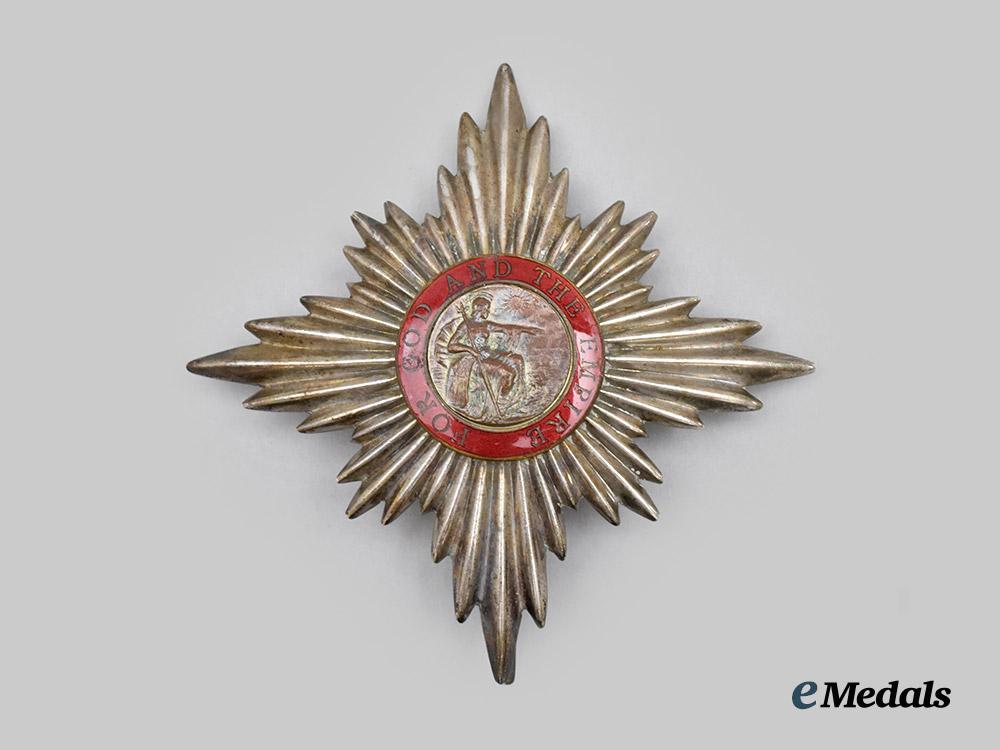
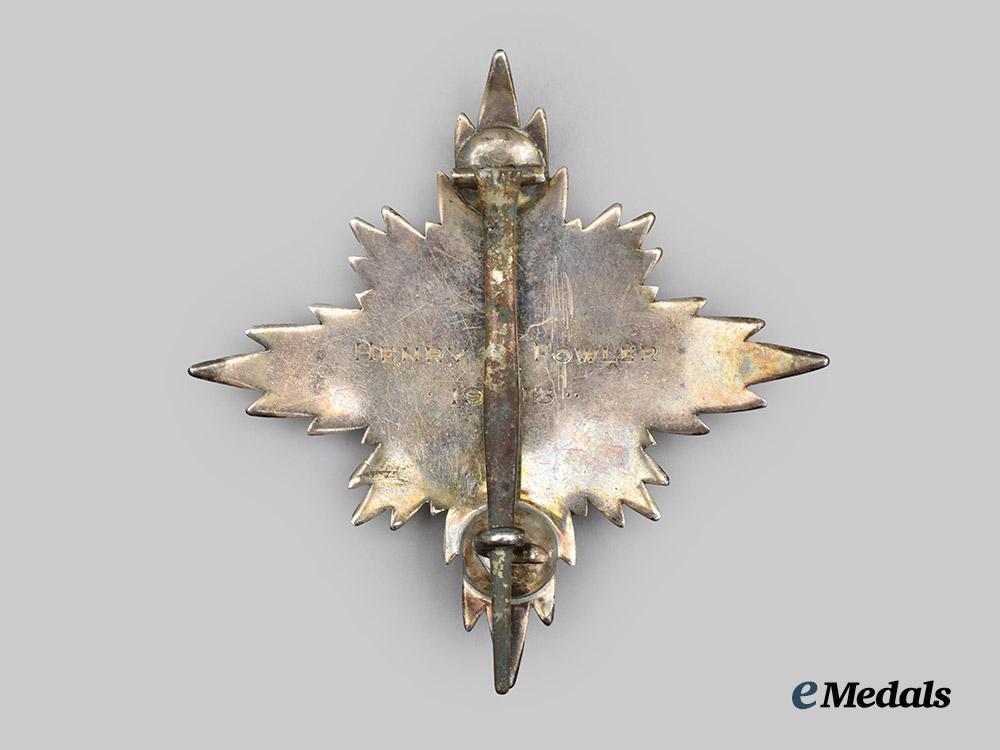

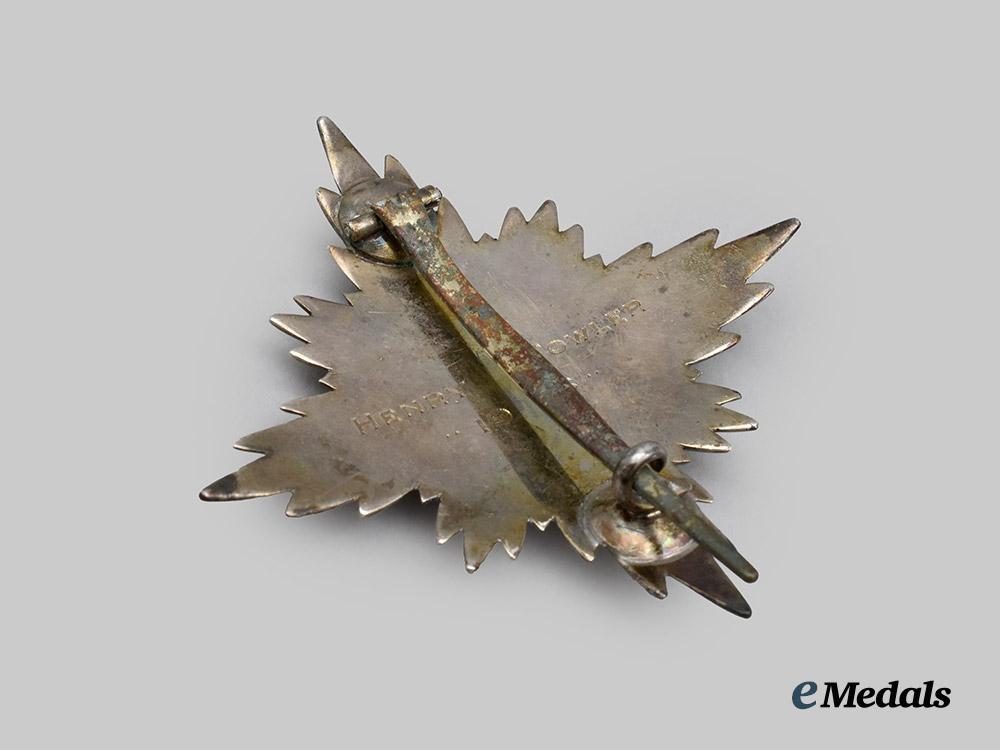
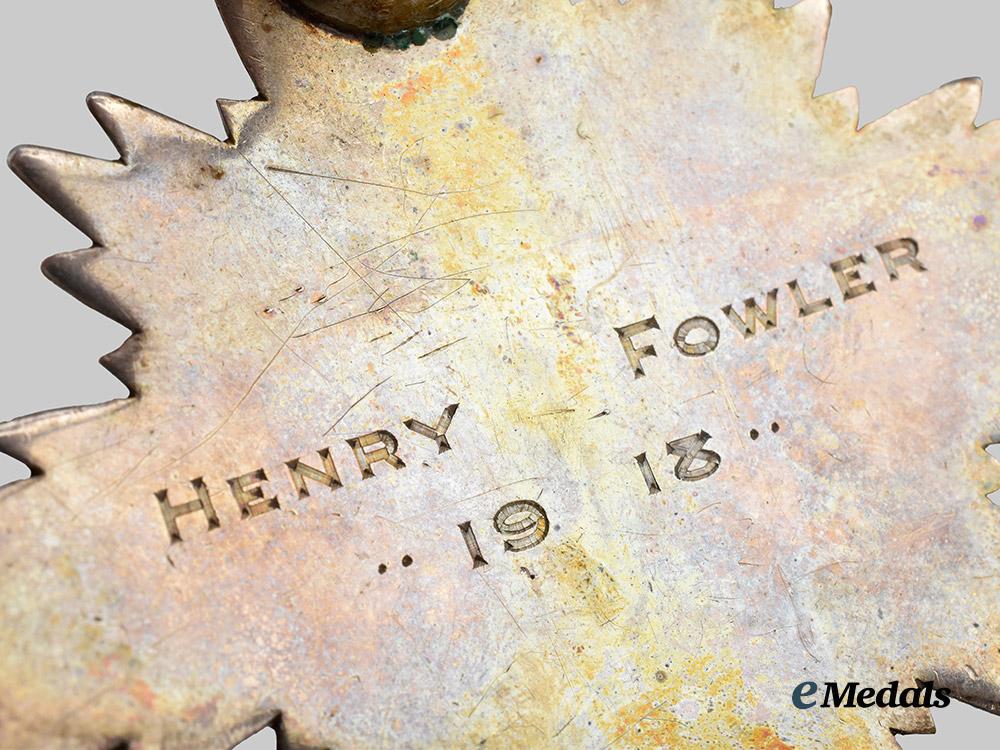
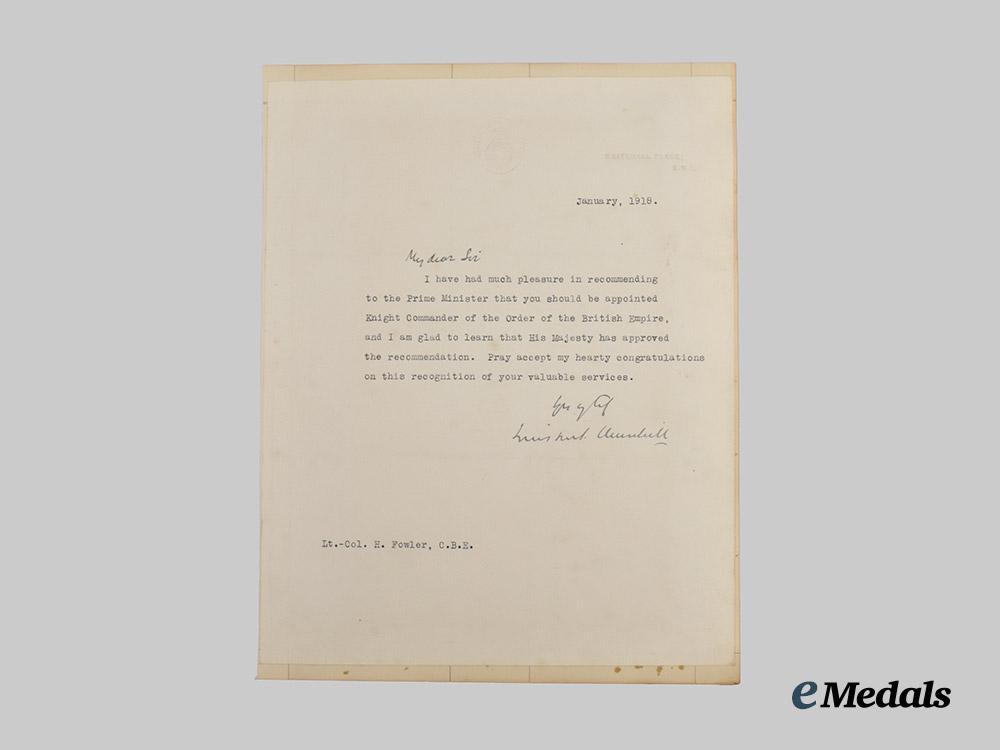
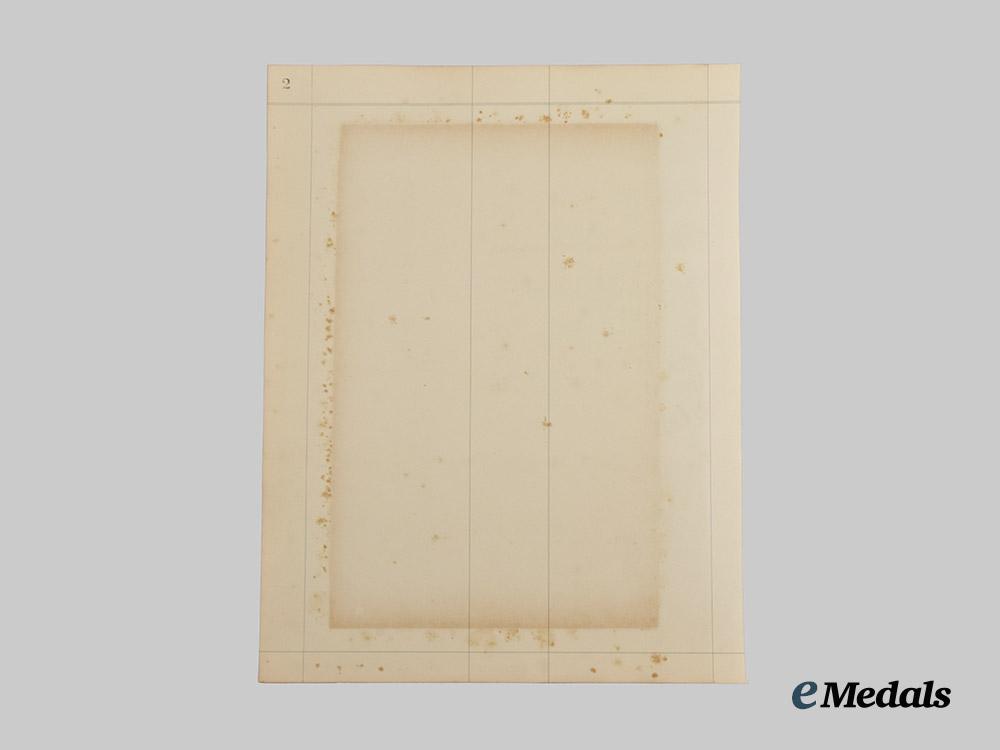
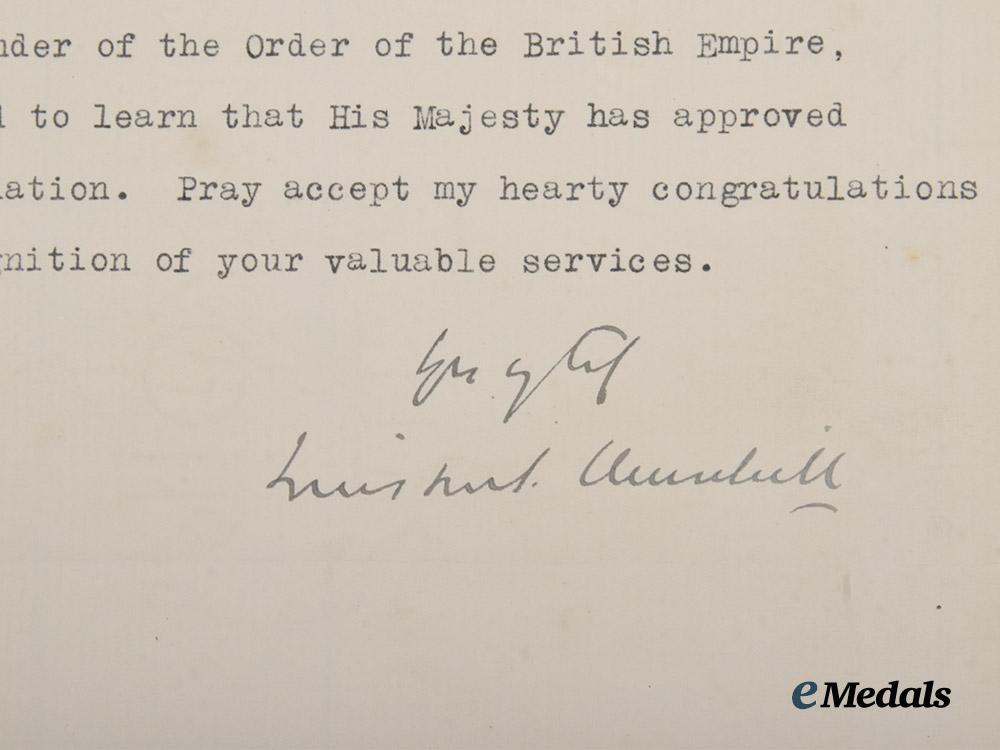
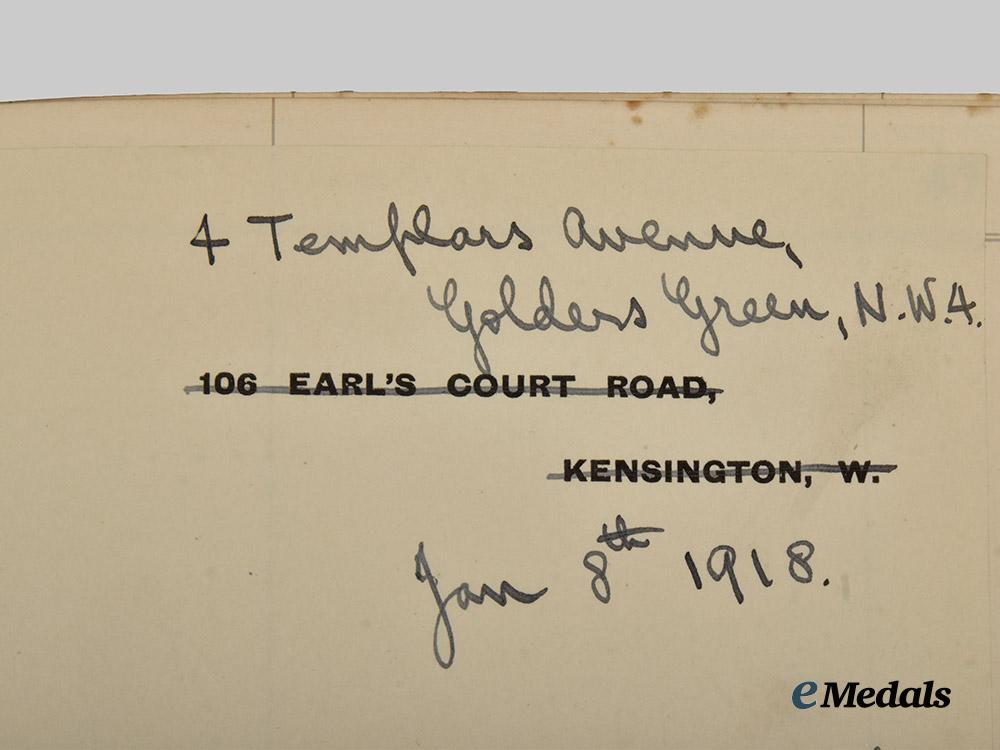
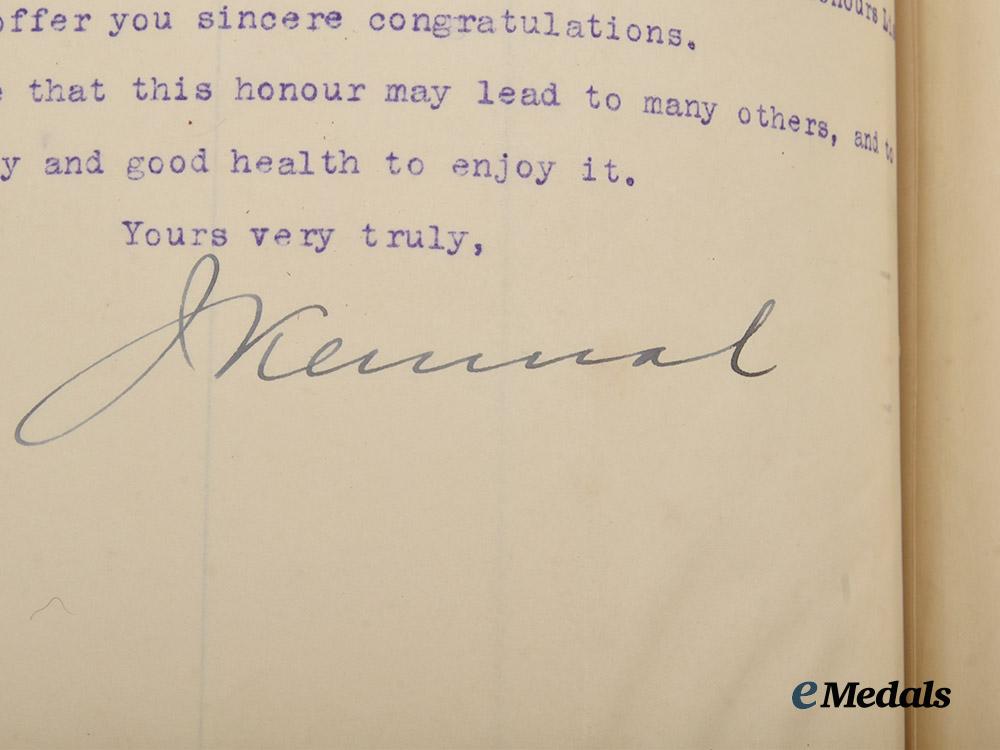
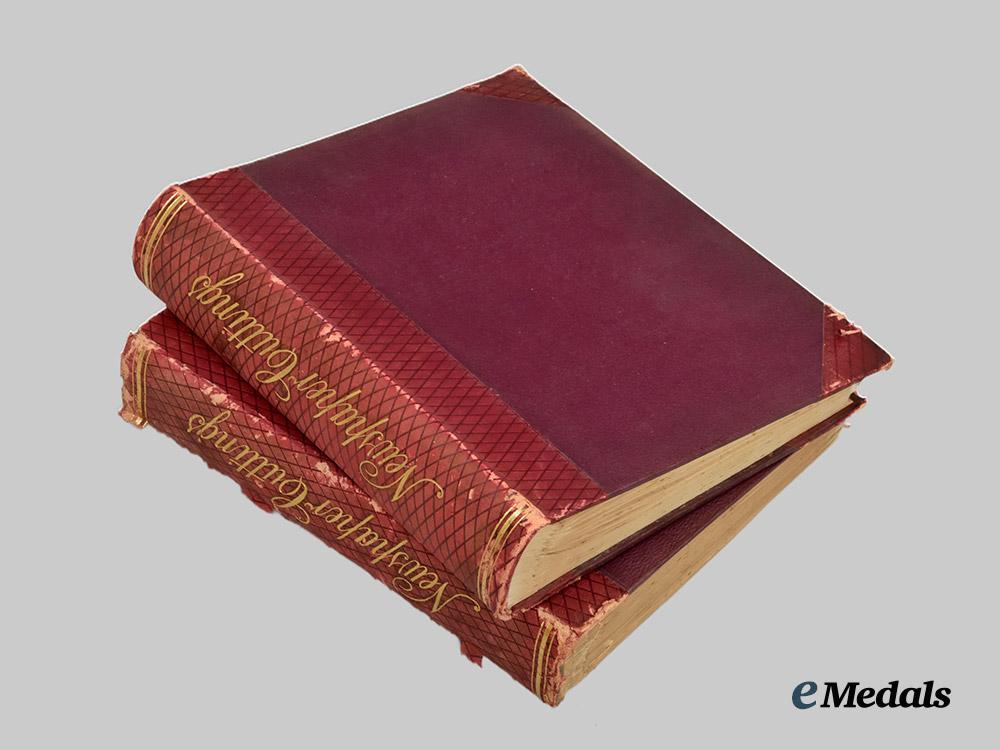
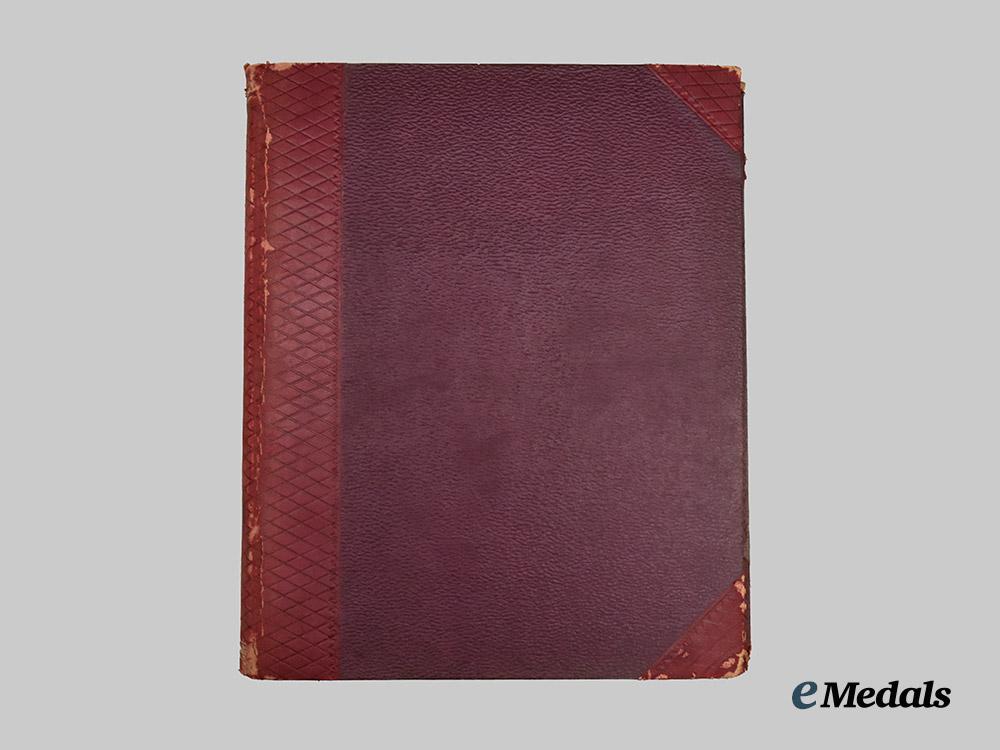
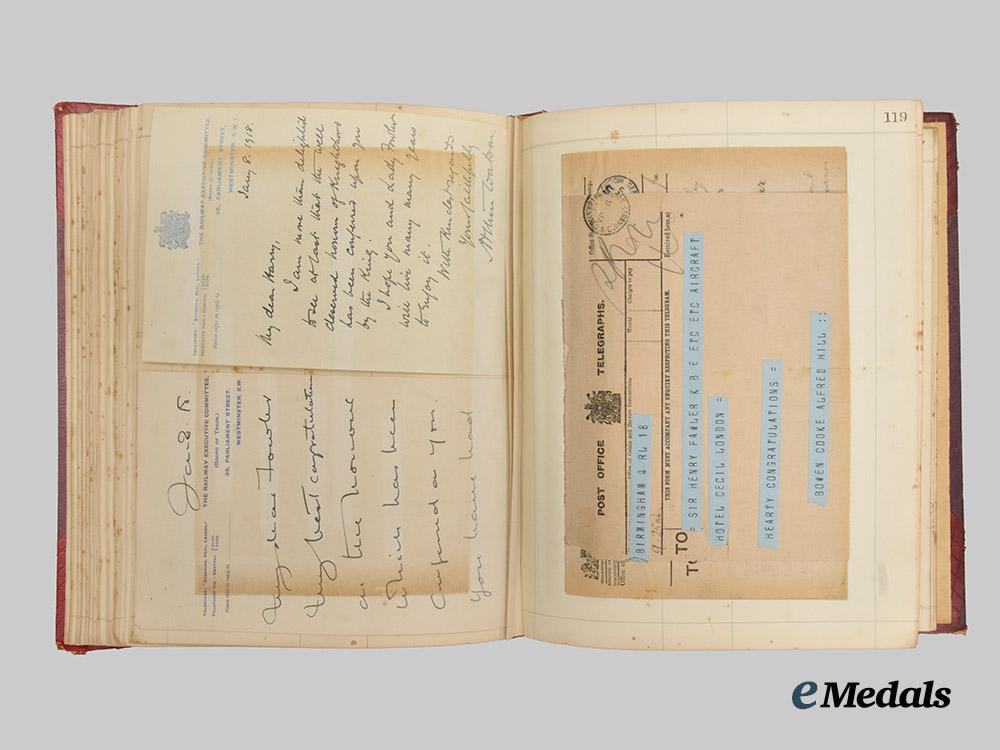
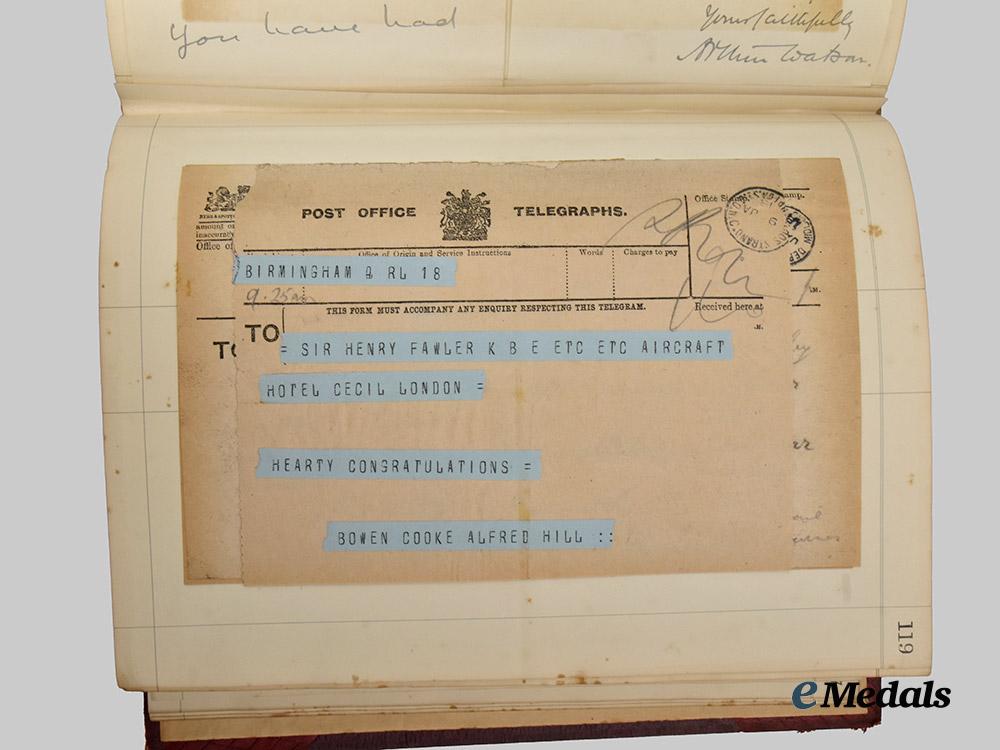
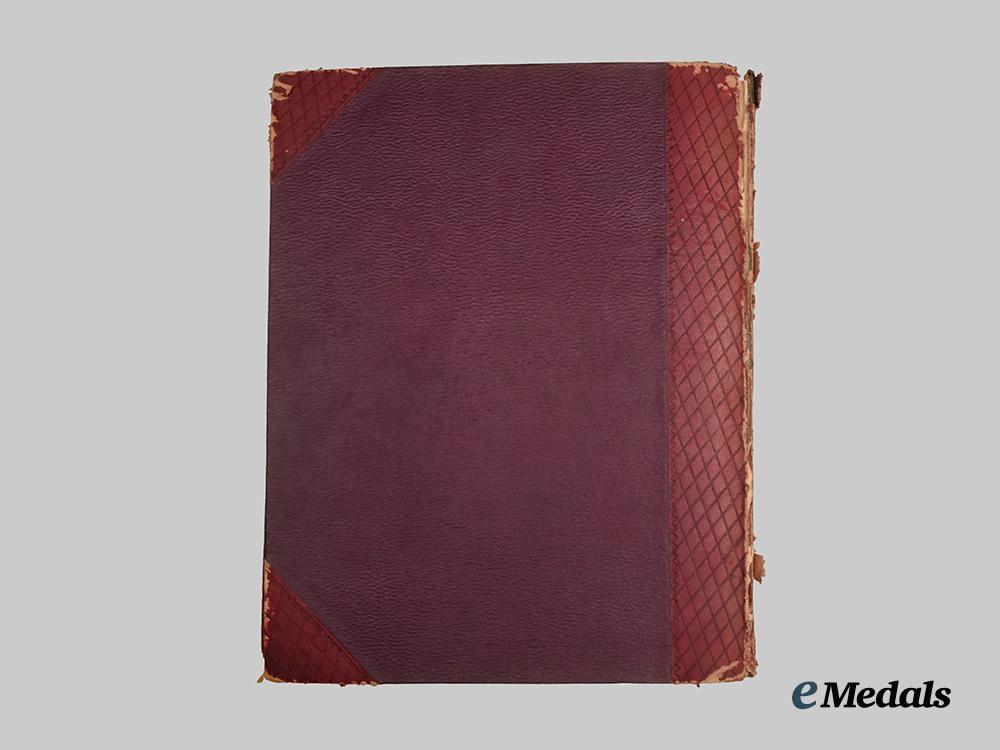
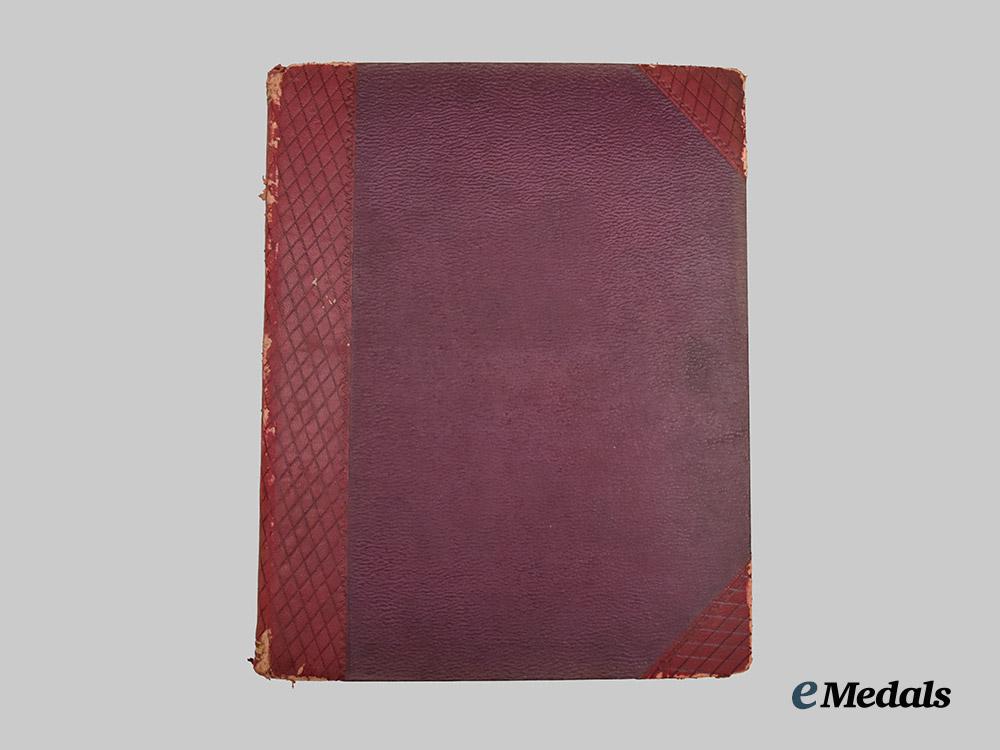
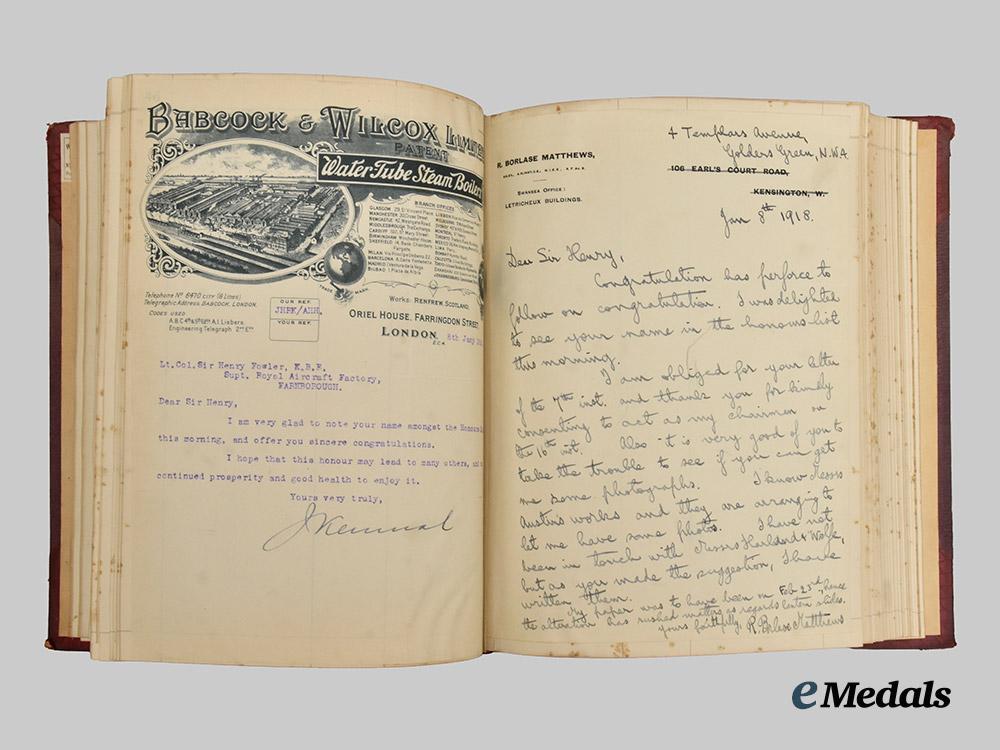
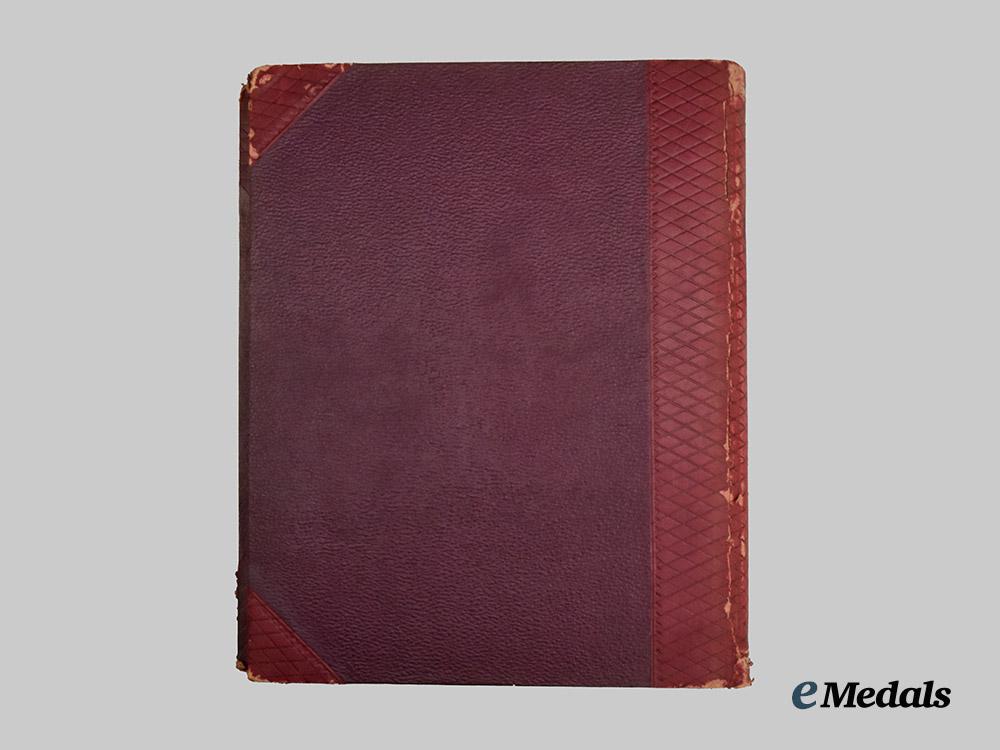
United Kingdom. A Knight Commander of the Order of the British Empire to Lieutenant-Colonel Sir Henry Fowler, Chief Mechanical Engineer of the Midland Railway
United Kingdom. A Knight Commander of the Order of the British Empire to Lieutenant-Colonel Sir Henry Fowler, Chief Mechanical Engineer of the Midland Railway
SKU: ITEM: M0400-45
0% Buyer's Premium
Current Bid:
Your Max Bid:
Bid History:
Time Remaining:
Couldn't load pickup availability
Shipping Details
Shipping Details
eMedals offers rapid domestic and international shipping. Orders received prior to 12:00pm (EST) will be shipped on the same business day.* Orders placed on Canadian Federal holidays will be dispatched the subsequent business day. Courier tracking numbers are provided for all shipments. All items purchased from eMedals can be returned for a full monetary refund or merchandise credit, providing the criteria presented in our Terms & Conditions are met. *Please note that the addition of a COA may impact dispatch time.
Shipping Details
eMedals offers rapid domestic and international shipping. Orders received prior to 12:00pm (EST) will be shipped on the same business day.* Orders placed on Canadian Federal holidays will be dispatched the subsequent business day. Courier tracking numbers are provided for all shipments. All items purchased from eMedals can be returned for a full monetary refund or merchandise credit, providing the criteria presented in our Terms & Conditions are met. *Please note that the addition of a COA may impact dispatch time.
Description
Description
Includes:
1. Knight Commander Set of the Order of the British Empire: Knight Commander Badge: two-piece construction, insignia in bronze with red enamels, mounted to a base with four flared arms in silver with light blue enamels, engraved "HENRY FOWLER 1917" on the arms at 3, 9 and 6 o'clock respectively on the reverse, measuring 62.3 mm (w) x 84.5 mm (h) inclusive of its crown and integral ring suspension, chipping and loss evident in the blue enamels on the arm at 3 o'clock, the crown with integral ring having separated from the body of the badge, on its original full-length neck ribbon; and Knight Commander Breast Star: two-piece construction, mounted to a silver eight-pointed star base, the four large points with five emanating rays, the four smaller points with three emanating rays, engraved "HENRY FOWLER 1918" on the reverse, measuring 74.3 mm (w) x 74 mm (h), vertical pinback, surface rust evident on the pin.
2. Letter bearing the embossed stamp of the Ministry of Munitions of War, Whitehall Place, S.W.1 at the top, inscribed "My dear Sir" in handwritten black ink, the text typewritten "I have had much pleasure in recommending to the Prime Minister that you should be appointed Knight Commander of the Order of the British Empire, and I am glad to learn that His Majesty has approved the recommendation. Pray accept my hearty congratulations on this recognition of your valuable services.", signed by Winston Churchill in black ink, with the name and title "Lt.-Col. H. Fowler, C.B.E." typed at the lower left, measuring 202 mm (w) x 252 mm (h).
3. Two First War Binders entitled "Newspaper Cuttings" on their spines: each binder containing multiple congratulatory letters, telegrams, notes and correspondence addressed to Sir Henry Fowler, some with corporate, organization or official government letterheads, many of which have official printed or embossed stamps, all of which bear either typewritten or handwritten messages, most of which are dated 1918 and are pasted into place, measuring 220 mm (w) x 280 mm (h) x 50 mm (d) each, the back cover having separated from the one of the volumes, both volumes exhibiting foxing on their established pages, however the unique papers held within are in terrific condition.
Better than very fine.
Footnotes:
1. In regards to the original owner of the group, Sir Henry Fowler, KBE (July 29, 1870 - October 16, 1938), he was an English railway engineer, and was chief mechanical engineer of the Midland Railway and subsequently the London, Midland and Scottish Railway. Fowler was born in Evesham, Worcestershire, on July 29, 1870. His father, also named Henry, was a furniture dealer, and his family were Quakers. He was educated at Prince Henry's Grammar School, Evesham (now Prince Henry's High School, Evesham), and at Mason Science College (which became the University of Birmingham) between 1885 and 1887 where he studied metallurgy. He served an apprenticeship under John Aspinall at the Lancashire and Yorkshire Railway (L&YR)'s Horwich Works from 1887 to 1891. Fowler was elected as a Whitworth Exhibitioner in 1891. He then spent four years in the Testing Department under George Hughes, whom he succeeded as head of the department.
Between 1895 and 1900, he was a gas engineer of the L&YR, moving on June 18, 1900 to the Midland Railway (MR). On November 1, 1905 he became assistant works manager, being promoted to works manager two years later. In 1908, following a visit to Sheffield, he was accredited with the formation of the Midland Railway Engineering Club which is now called the Derby Railway Engineering Society. In 1909, he succeeded Richard Deeley as chief mechanical engineer (CME) of the MR. Between 1915 and 1919, Fowler was employed on war work and James Anderson became acting CME. During the First World War he was seconded to the Ministry of Munitions, being director of production from 1915 to 1917 and then assistant director general of aircraft production. In 1919, Fowler was made a Knight Commander of the Order of the British Empire (KBE) for his contributions to the war effort.
On the Grouping of 1923, he was appointed deputy CME of the newly formed London, Midland and Scottish Railway (LMS), under George Hughes and became CME in October 1925. He was also invited to serve on the Government Bridge Stress Committee investigating stresses in railway-bridges, especially as regards the effects of moving loads. Along with Anderson, Fowler was responsible for the adoption by the LMS of the Midland's small engine policy. Various Midland standard types were built by the LMS, including the 4P Midland Compound 4-4-0, the 2P 4-4-0, the 4F 0-6-0, and the 3F 0-6-0T. The small engine policy resulted in frequent double-heading, as the locomotives were not powerful enough to cope with loads, and thus increased expense. Standardisation also left these standard locomotives with short-travel valves and small axle boxes, the former leading to inefficiency and the latter to frequent hot axle boxes.
In 1928, the LMS introduced the Royal Scot 4-6-0 express passenger locomotive, based on the SR Lord Nelson Class. In another departure from the small engine policy, several 2-6-0+0-6-2 Beyer-Garratts were acquired for the Toton-Brent coal trains. However, interference from Derby meant that the locomotives received standard small axle-boxes and short-travel valves, with the result that they were poor performers. Fowler was not a hands-on engineer in the mould of George Jackson Churchward. Although (as was traditional) designs produced during his tenure were credited to him as "Fowler" locomotives, the majority of the work was done by his staff, with minimal personal involvement from Fowler. An analogy may be made with his successor Sir William Stanier's Princess Coronation (Duchess) class, which was largely designed by LMS draughtsmen while Stanier was out of the country, although Stanier was more deeply involved in other designs during his tenure.
In 1930, Fowler became President of the Whitworth Society as successor to Mr. F. H. Livens, J.P. Fowler retired in 1933, Ernest Lemon initially taking over as CME for a short period before William Stanier was head-hunted into the job from the Great Western Railway. Stanier was to reform LMS locomotive policy. Fowler died on October 14, 1938 at his home, Spondon Hall (now demolished), Derby, at the age of 68. He was buried in the Nottingham Road Cemetery, Chaddesden, Derby.
2. As a reference, in regards to the Letter: Winston Churchill served as Minister of Munitions, Secretary of State for War, Secretary of State for Air, and Secretary of State for the Colonies, under Prime Minister David Lloyd George, 1st Earl Lloyd-George of Dwyfor, OM, KStJ, PC., before the downfall of the Coalition in 1922 when he also lost his seat in Parliament.
Description
Includes:
1. Knight Commander Set of the Order of the British Empire: Knight Commander Badge: two-piece construction, insignia in bronze with red enamels, mounted to a base with four flared arms in silver with light blue enamels, engraved "HENRY FOWLER 1917" on the arms at 3, 9 and 6 o'clock respectively on the reverse, measuring 62.3 mm (w) x 84.5 mm (h) inclusive of its crown and integral ring suspension, chipping and loss evident in the blue enamels on the arm at 3 o'clock, the crown with integral ring having separated from the body of the badge, on its original full-length neck ribbon; and Knight Commander Breast Star: two-piece construction, mounted to a silver eight-pointed star base, the four large points with five emanating rays, the four smaller points with three emanating rays, engraved "HENRY FOWLER 1918" on the reverse, measuring 74.3 mm (w) x 74 mm (h), vertical pinback, surface rust evident on the pin.
2. Letter bearing the embossed stamp of the Ministry of Munitions of War, Whitehall Place, S.W.1 at the top, inscribed "My dear Sir" in handwritten black ink, the text typewritten "I have had much pleasure in recommending to the Prime Minister that you should be appointed Knight Commander of the Order of the British Empire, and I am glad to learn that His Majesty has approved the recommendation. Pray accept my hearty congratulations on this recognition of your valuable services.", signed by Winston Churchill in black ink, with the name and title "Lt.-Col. H. Fowler, C.B.E." typed at the lower left, measuring 202 mm (w) x 252 mm (h).
3. Two First War Binders entitled "Newspaper Cuttings" on their spines: each binder containing multiple congratulatory letters, telegrams, notes and correspondence addressed to Sir Henry Fowler, some with corporate, organization or official government letterheads, many of which have official printed or embossed stamps, all of which bear either typewritten or handwritten messages, most of which are dated 1918 and are pasted into place, measuring 220 mm (w) x 280 mm (h) x 50 mm (d) each, the back cover having separated from the one of the volumes, both volumes exhibiting foxing on their established pages, however the unique papers held within are in terrific condition.
Better than very fine.
Footnotes:
1. In regards to the original owner of the group, Sir Henry Fowler, KBE (July 29, 1870 - October 16, 1938), he was an English railway engineer, and was chief mechanical engineer of the Midland Railway and subsequently the London, Midland and Scottish Railway. Fowler was born in Evesham, Worcestershire, on July 29, 1870. His father, also named Henry, was a furniture dealer, and his family were Quakers. He was educated at Prince Henry's Grammar School, Evesham (now Prince Henry's High School, Evesham), and at Mason Science College (which became the University of Birmingham) between 1885 and 1887 where he studied metallurgy. He served an apprenticeship under John Aspinall at the Lancashire and Yorkshire Railway (L&YR)'s Horwich Works from 1887 to 1891. Fowler was elected as a Whitworth Exhibitioner in 1891. He then spent four years in the Testing Department under George Hughes, whom he succeeded as head of the department.
Between 1895 and 1900, he was a gas engineer of the L&YR, moving on June 18, 1900 to the Midland Railway (MR). On November 1, 1905 he became assistant works manager, being promoted to works manager two years later. In 1908, following a visit to Sheffield, he was accredited with the formation of the Midland Railway Engineering Club which is now called the Derby Railway Engineering Society. In 1909, he succeeded Richard Deeley as chief mechanical engineer (CME) of the MR. Between 1915 and 1919, Fowler was employed on war work and James Anderson became acting CME. During the First World War he was seconded to the Ministry of Munitions, being director of production from 1915 to 1917 and then assistant director general of aircraft production. In 1919, Fowler was made a Knight Commander of the Order of the British Empire (KBE) for his contributions to the war effort.
On the Grouping of 1923, he was appointed deputy CME of the newly formed London, Midland and Scottish Railway (LMS), under George Hughes and became CME in October 1925. He was also invited to serve on the Government Bridge Stress Committee investigating stresses in railway-bridges, especially as regards the effects of moving loads. Along with Anderson, Fowler was responsible for the adoption by the LMS of the Midland's small engine policy. Various Midland standard types were built by the LMS, including the 4P Midland Compound 4-4-0, the 2P 4-4-0, the 4F 0-6-0, and the 3F 0-6-0T. The small engine policy resulted in frequent double-heading, as the locomotives were not powerful enough to cope with loads, and thus increased expense. Standardisation also left these standard locomotives with short-travel valves and small axle boxes, the former leading to inefficiency and the latter to frequent hot axle boxes.
In 1928, the LMS introduced the Royal Scot 4-6-0 express passenger locomotive, based on the SR Lord Nelson Class. In another departure from the small engine policy, several 2-6-0+0-6-2 Beyer-Garratts were acquired for the Toton-Brent coal trains. However, interference from Derby meant that the locomotives received standard small axle-boxes and short-travel valves, with the result that they were poor performers. Fowler was not a hands-on engineer in the mould of George Jackson Churchward. Although (as was traditional) designs produced during his tenure were credited to him as "Fowler" locomotives, the majority of the work was done by his staff, with minimal personal involvement from Fowler. An analogy may be made with his successor Sir William Stanier's Princess Coronation (Duchess) class, which was largely designed by LMS draughtsmen while Stanier was out of the country, although Stanier was more deeply involved in other designs during his tenure.
In 1930, Fowler became President of the Whitworth Society as successor to Mr. F. H. Livens, J.P. Fowler retired in 1933, Ernest Lemon initially taking over as CME for a short period before William Stanier was head-hunted into the job from the Great Western Railway. Stanier was to reform LMS locomotive policy. Fowler died on October 14, 1938 at his home, Spondon Hall (now demolished), Derby, at the age of 68. He was buried in the Nottingham Road Cemetery, Chaddesden, Derby.
2. As a reference, in regards to the Letter: Winston Churchill served as Minister of Munitions, Secretary of State for War, Secretary of State for Air, and Secretary of State for the Colonies, under Prime Minister David Lloyd George, 1st Earl Lloyd-George of Dwyfor, OM, KStJ, PC., before the downfall of the Coalition in 1922 when he also lost his seat in Parliament.
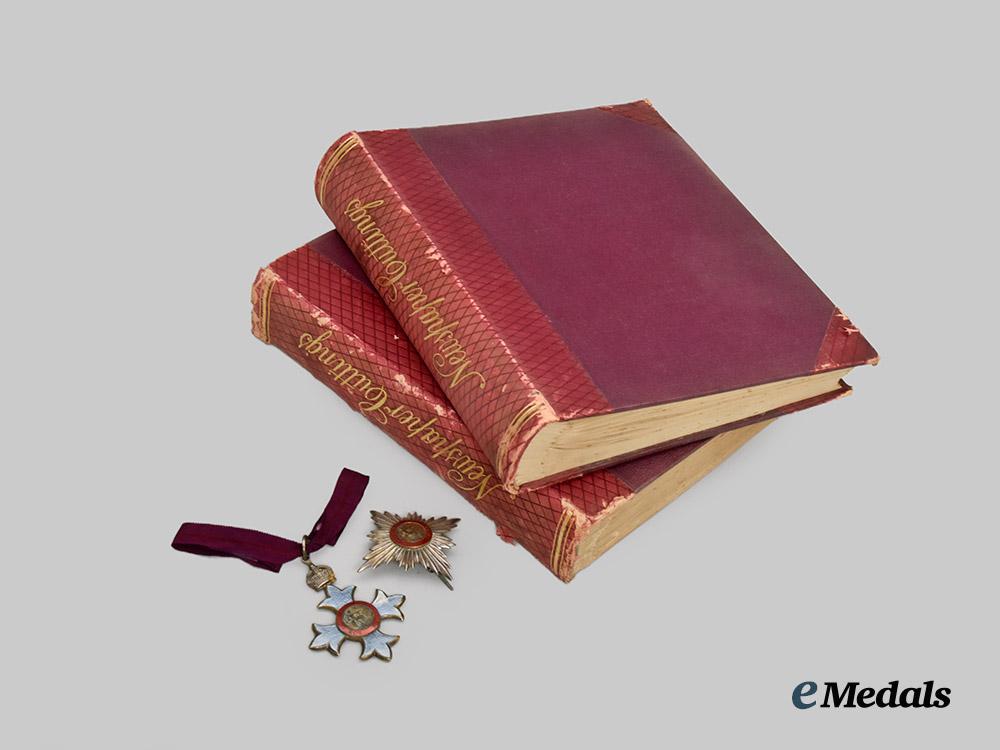

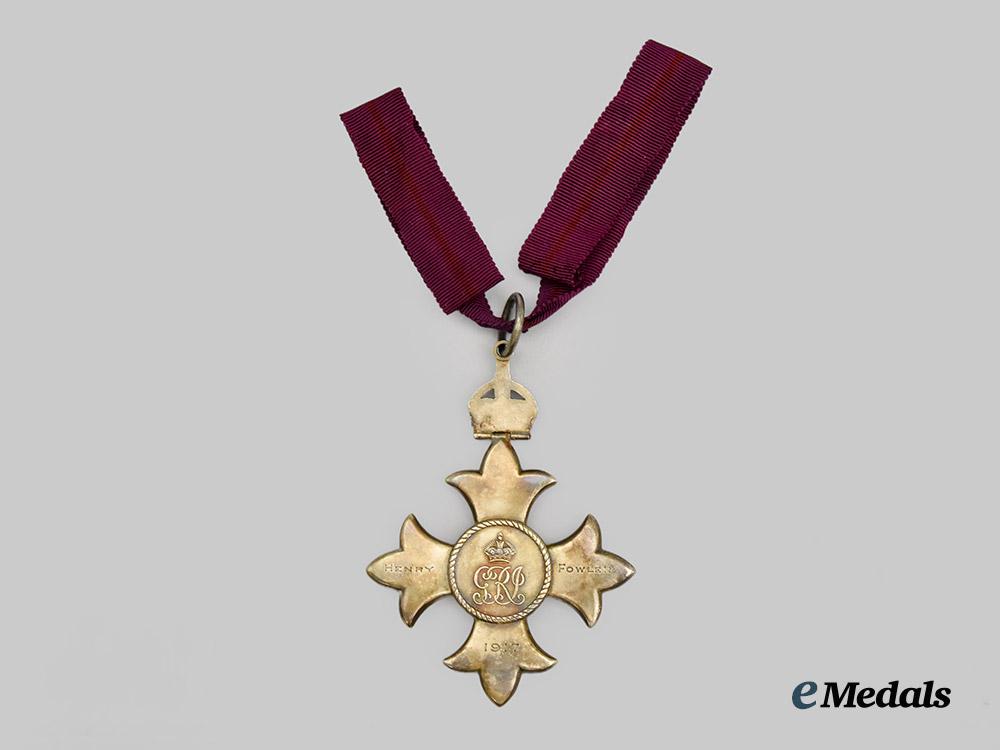
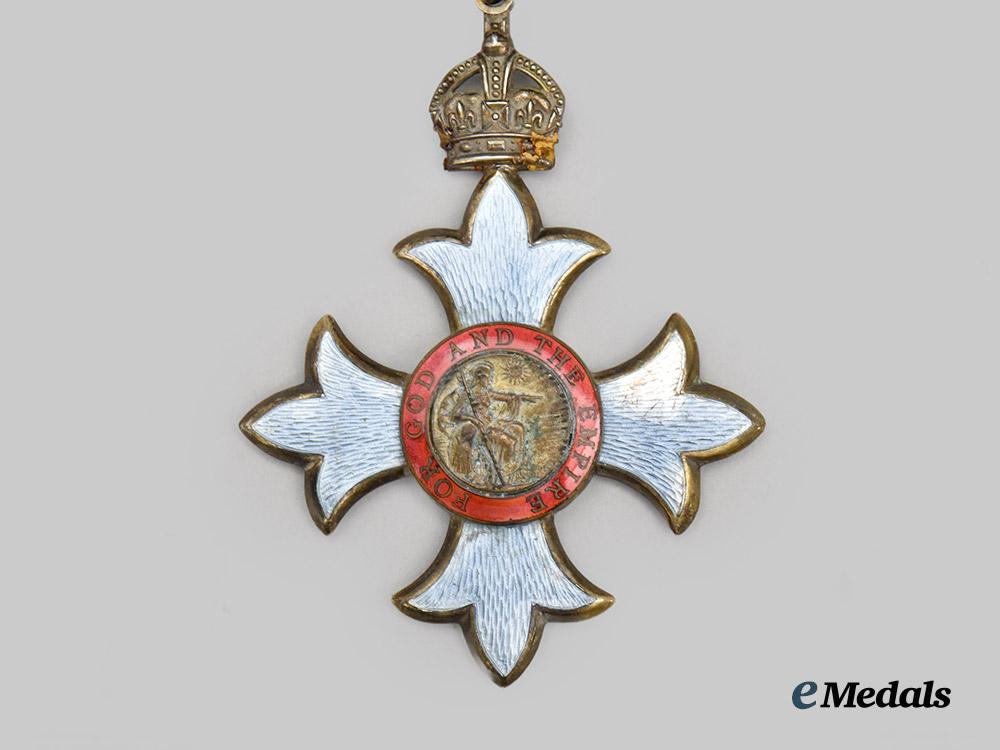
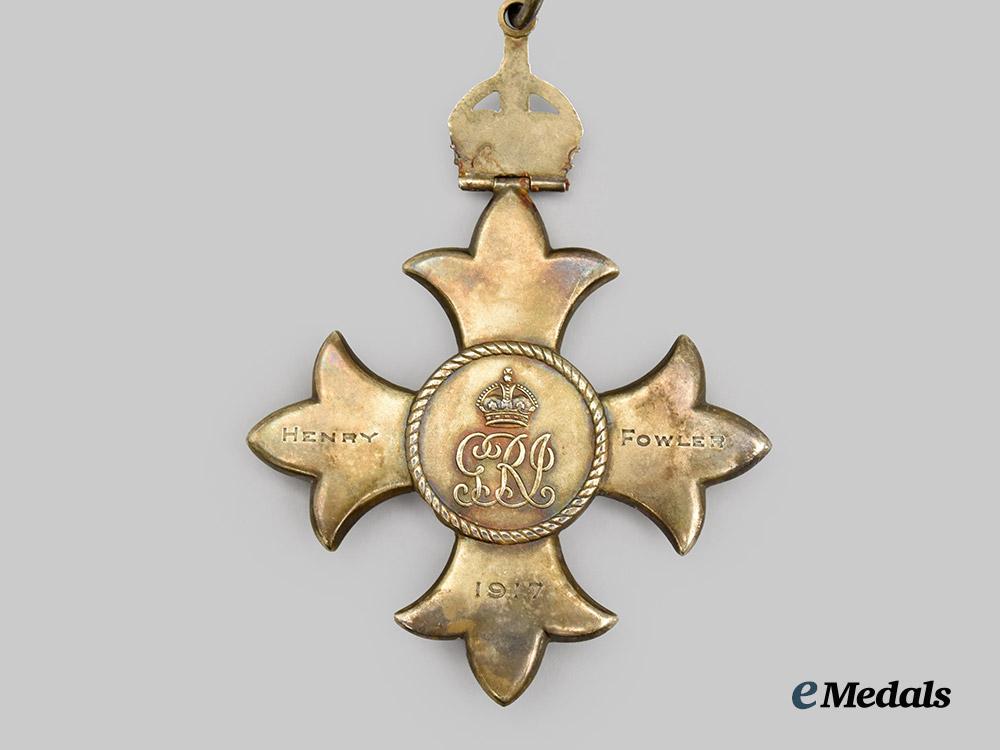
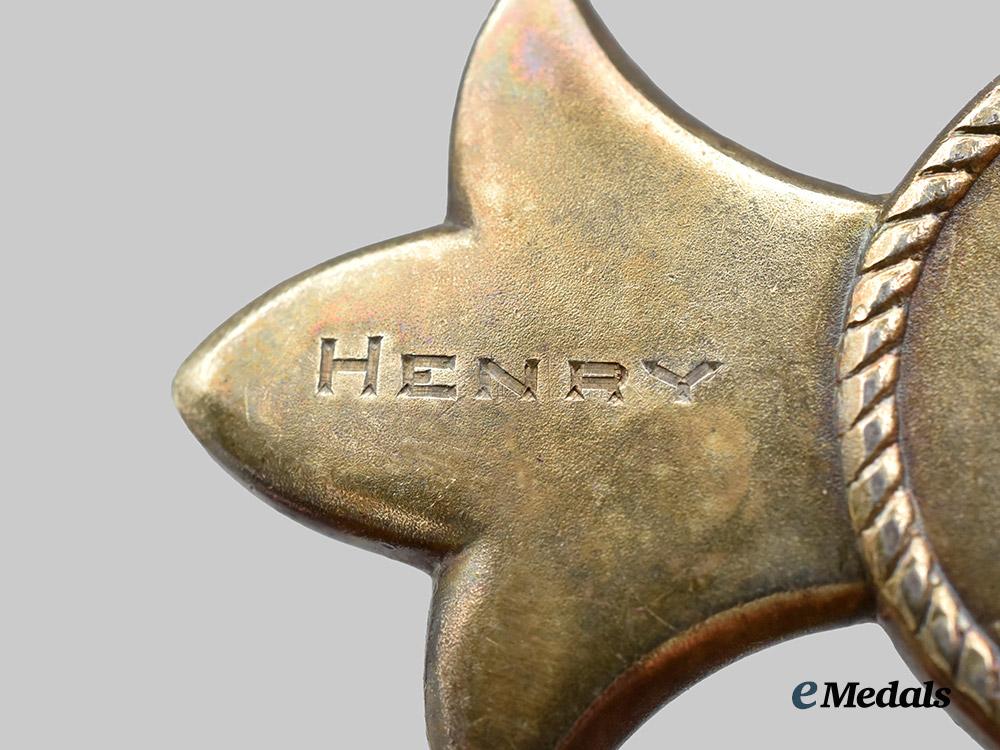
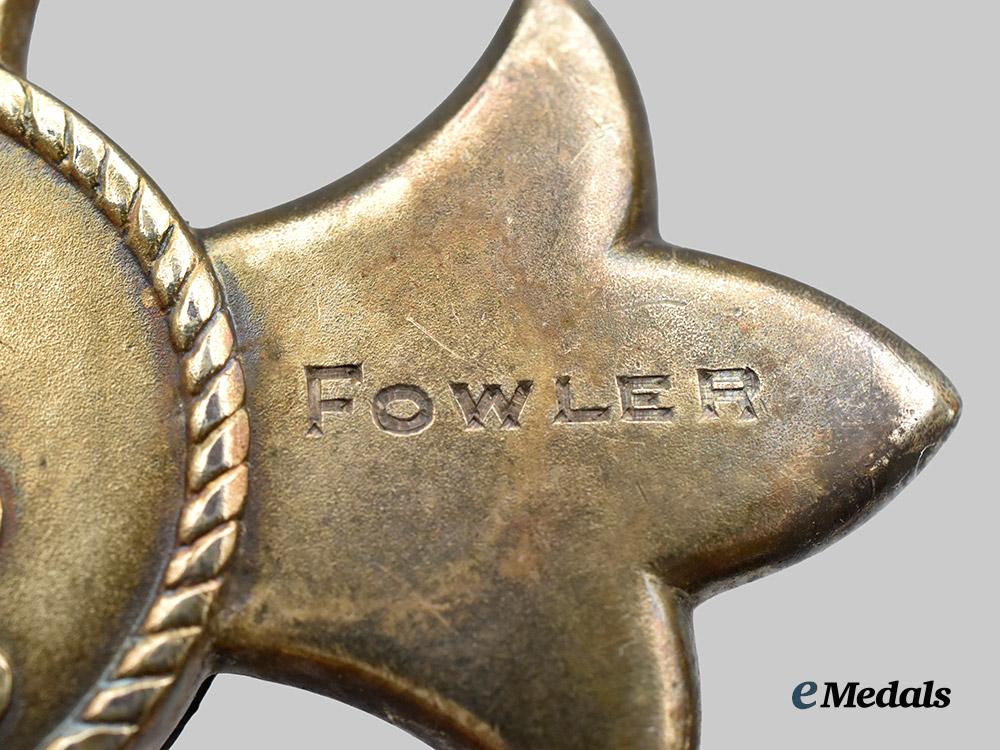
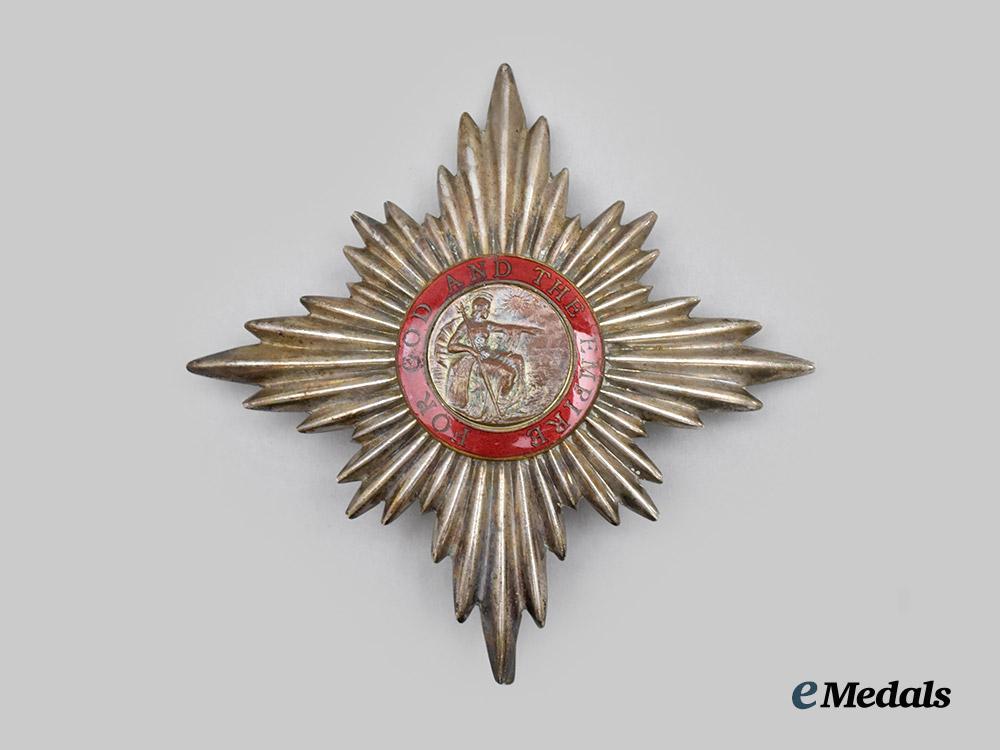
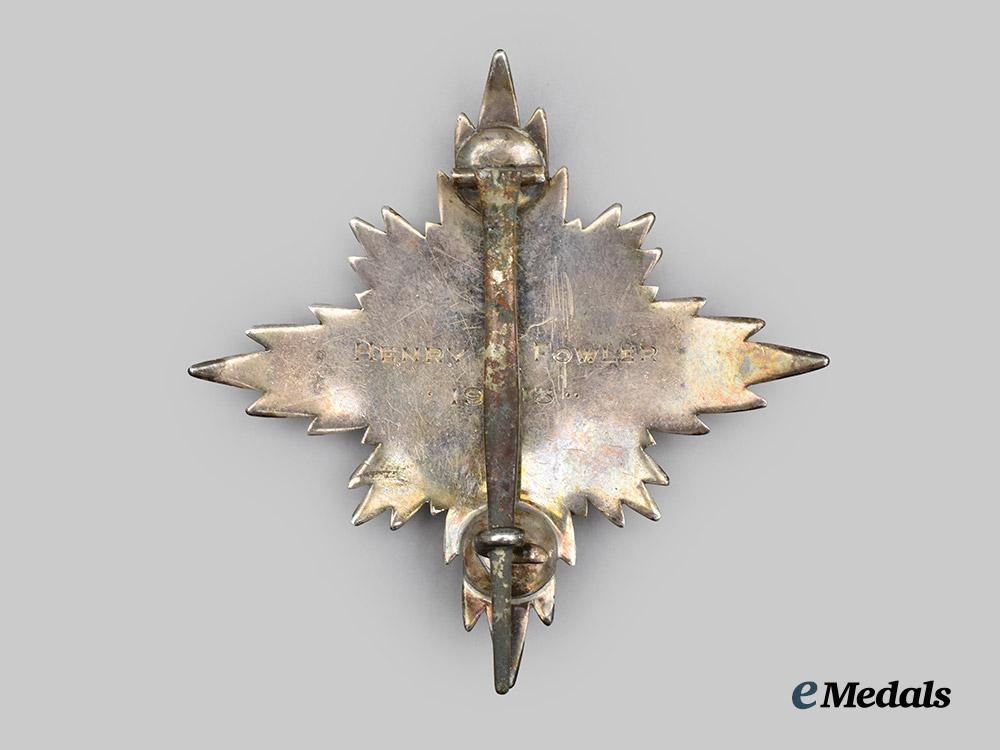
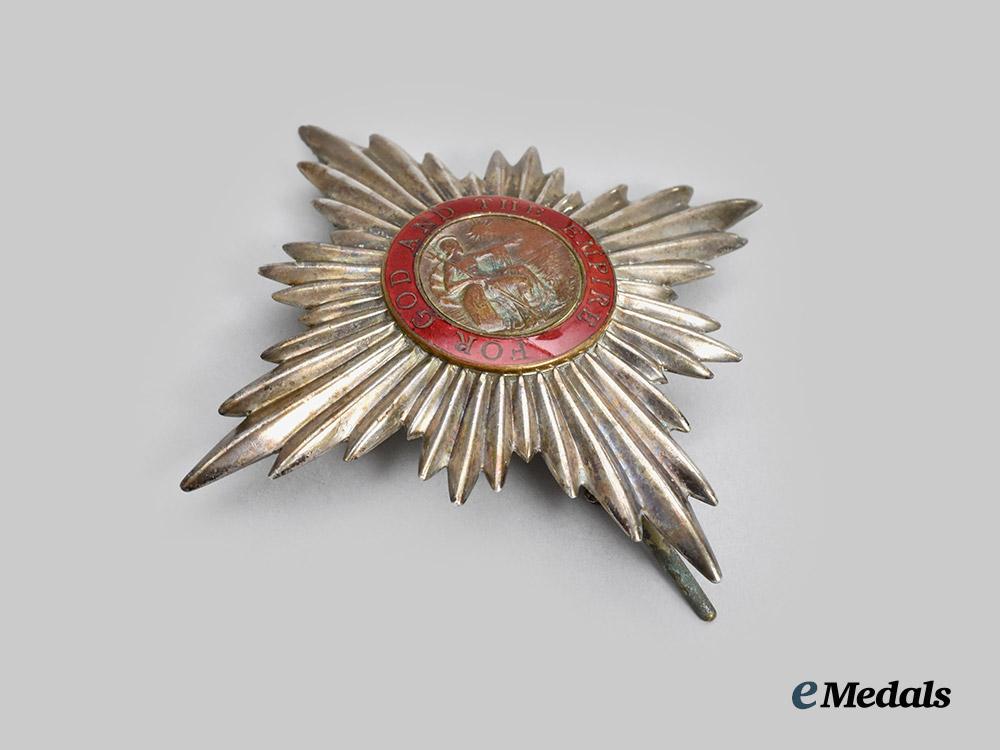
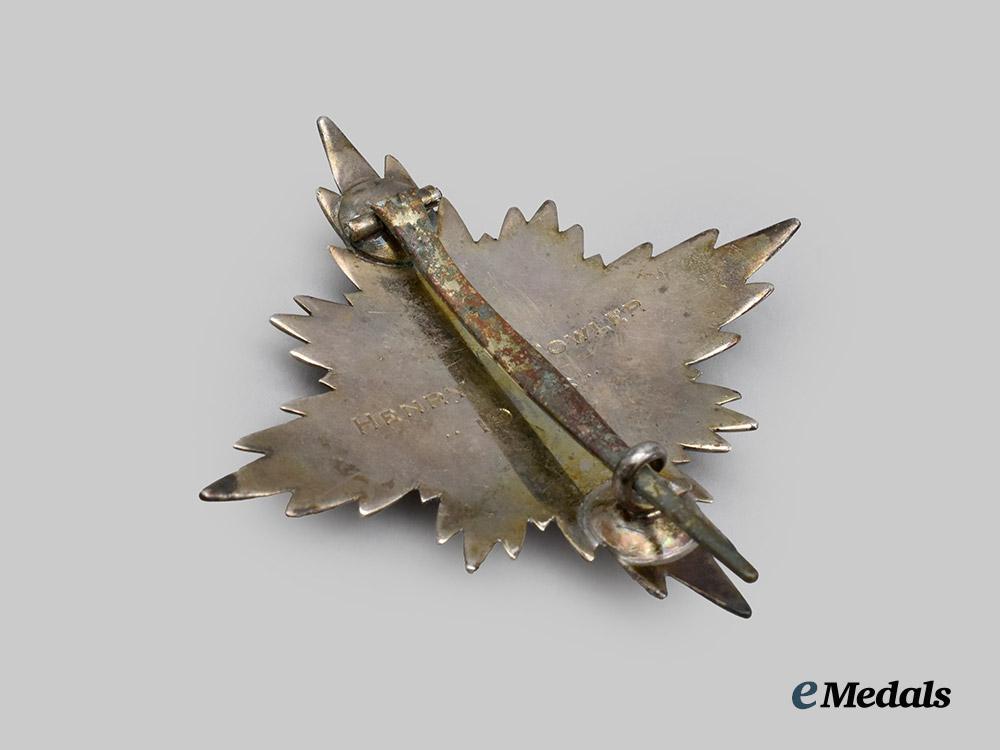
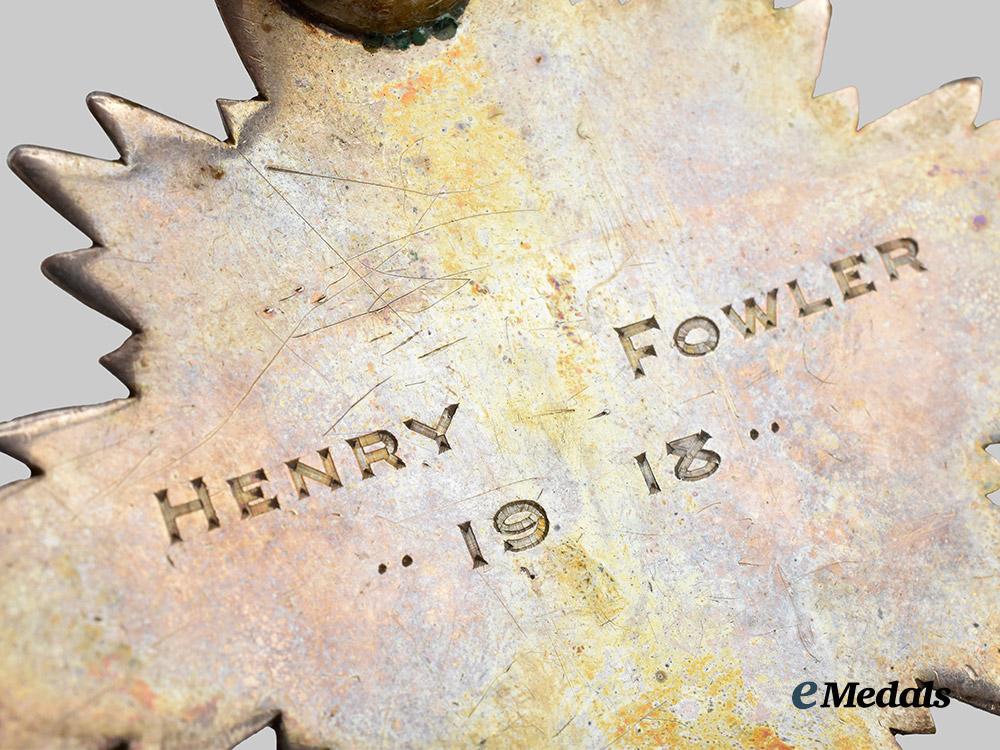

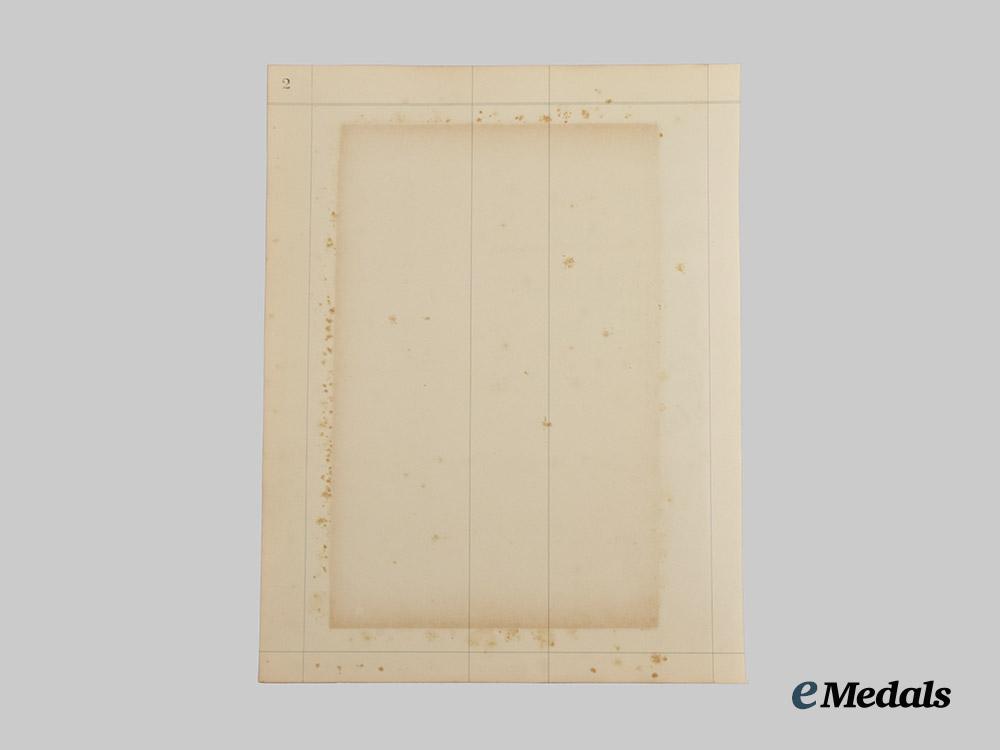
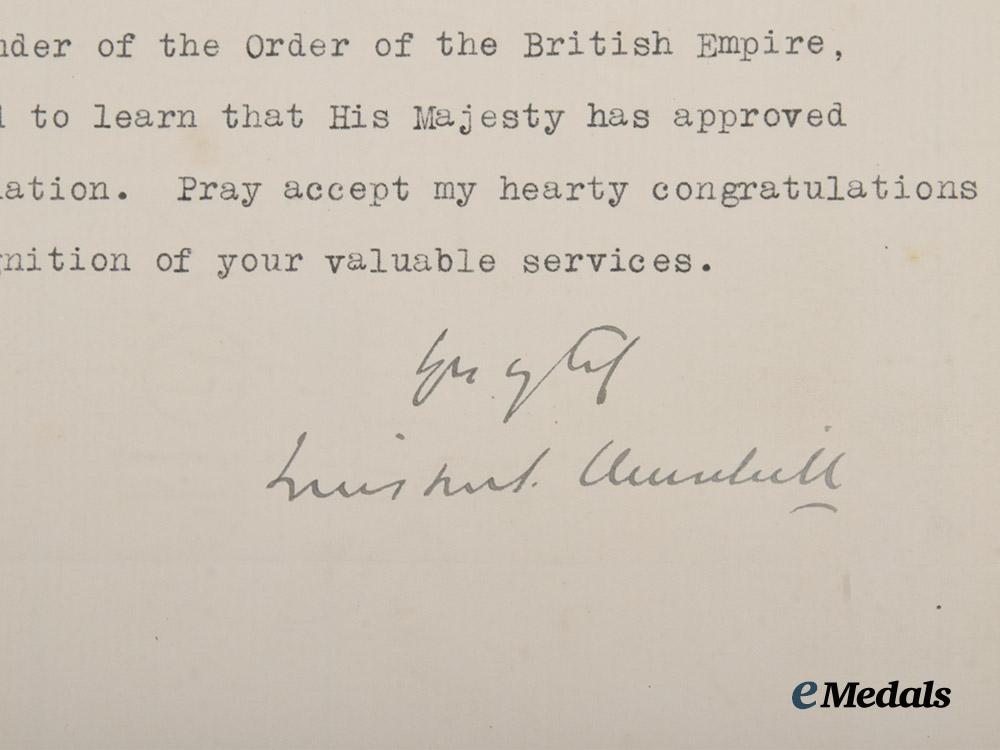
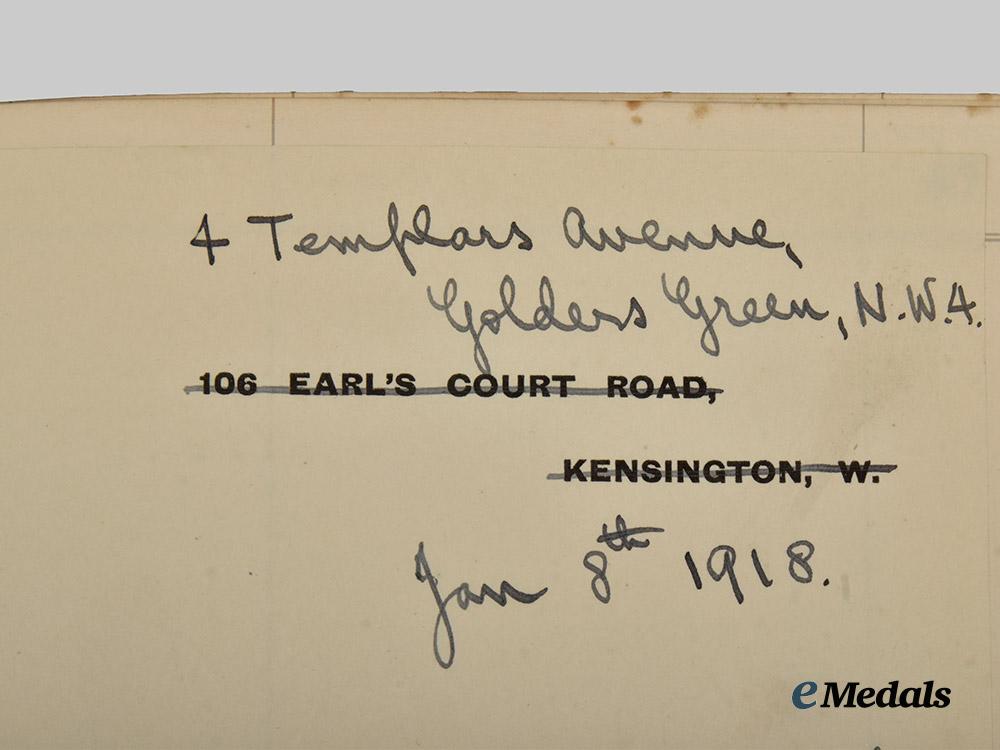
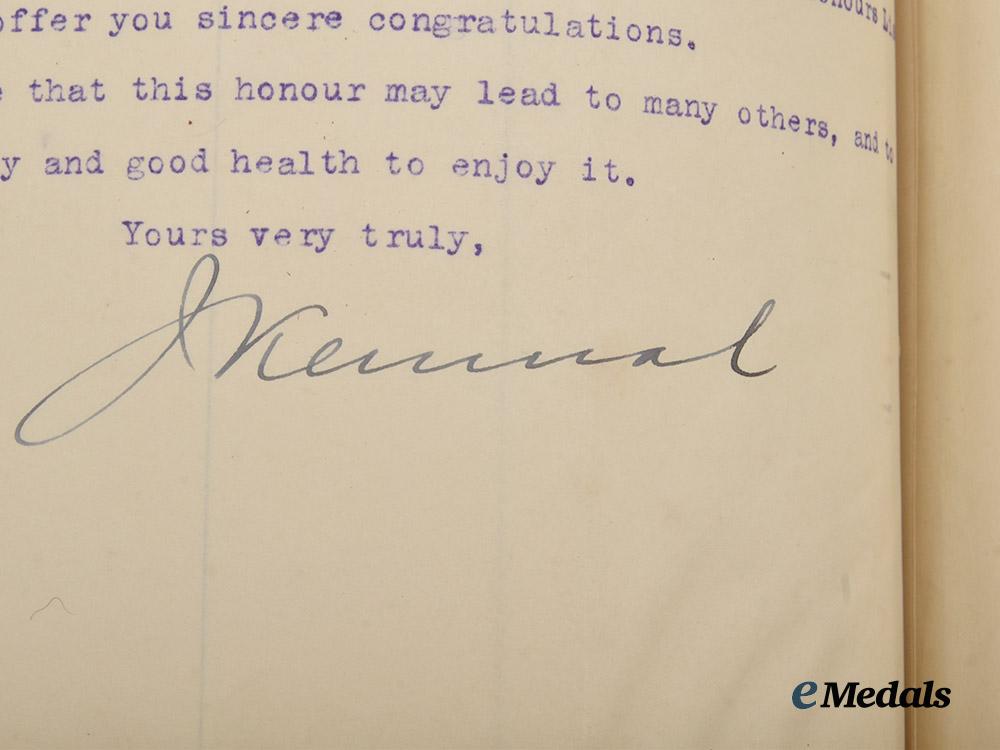
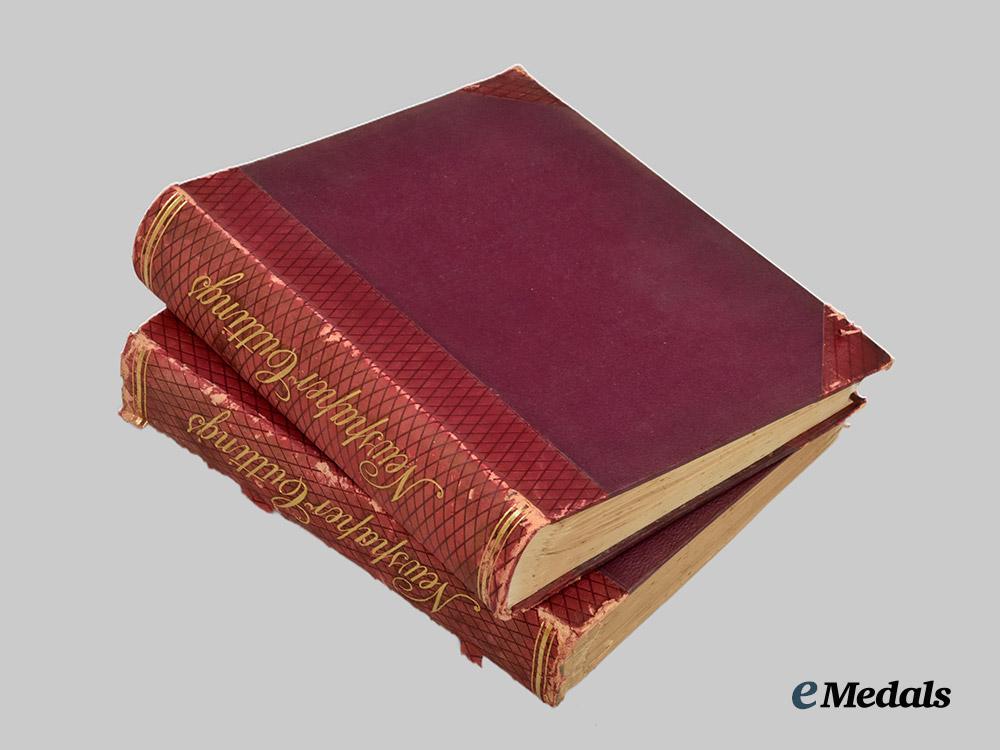
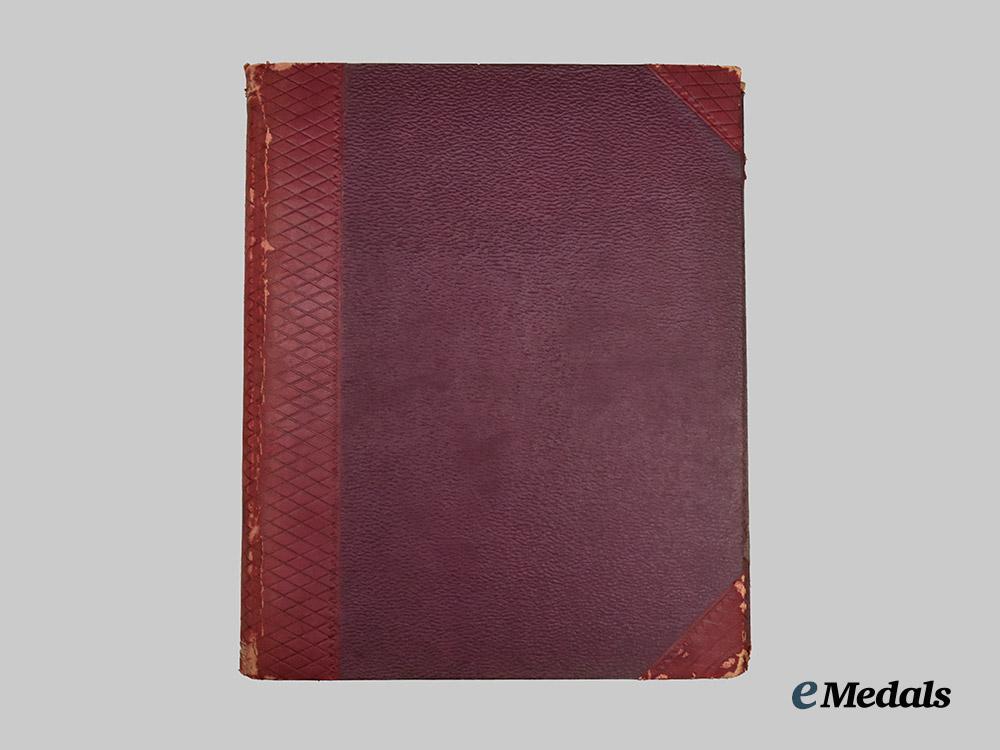
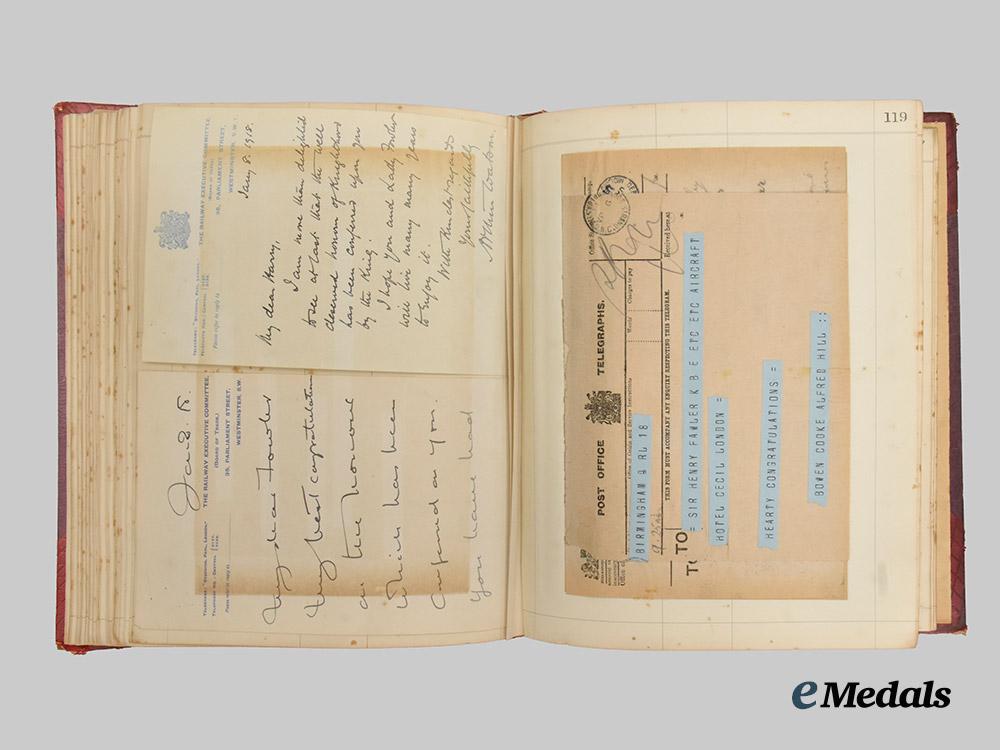
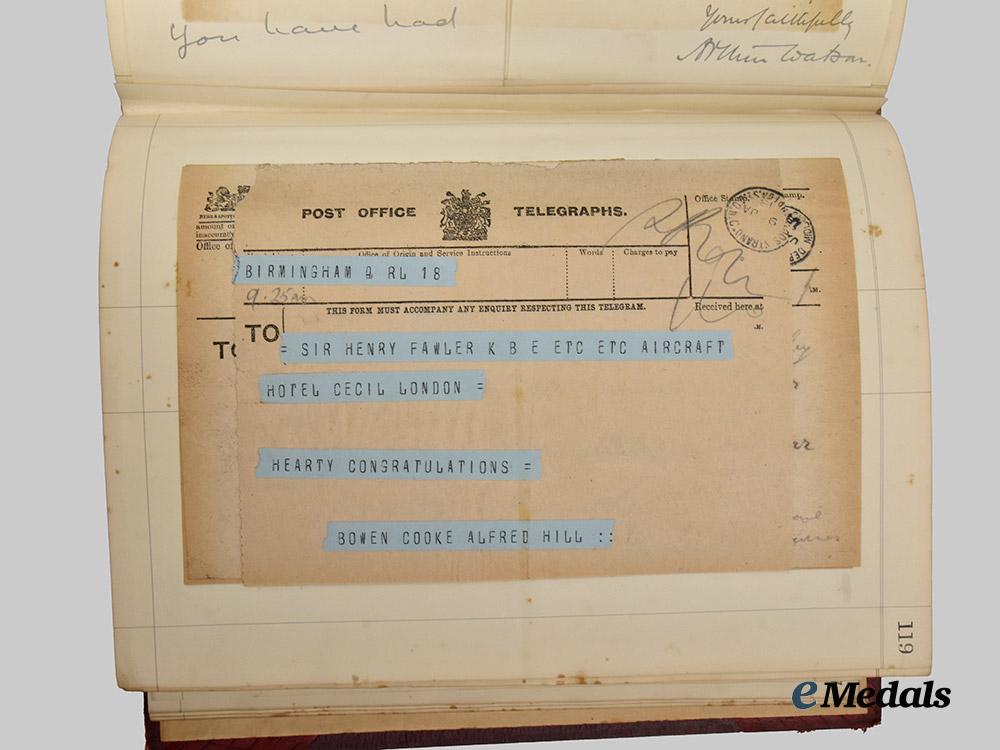
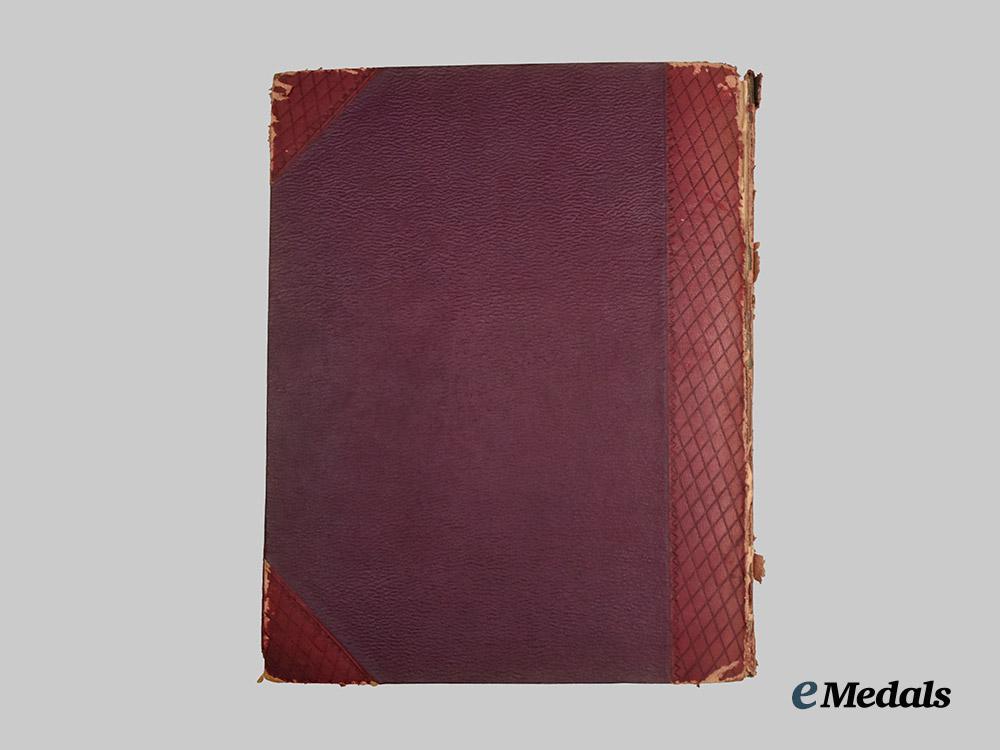
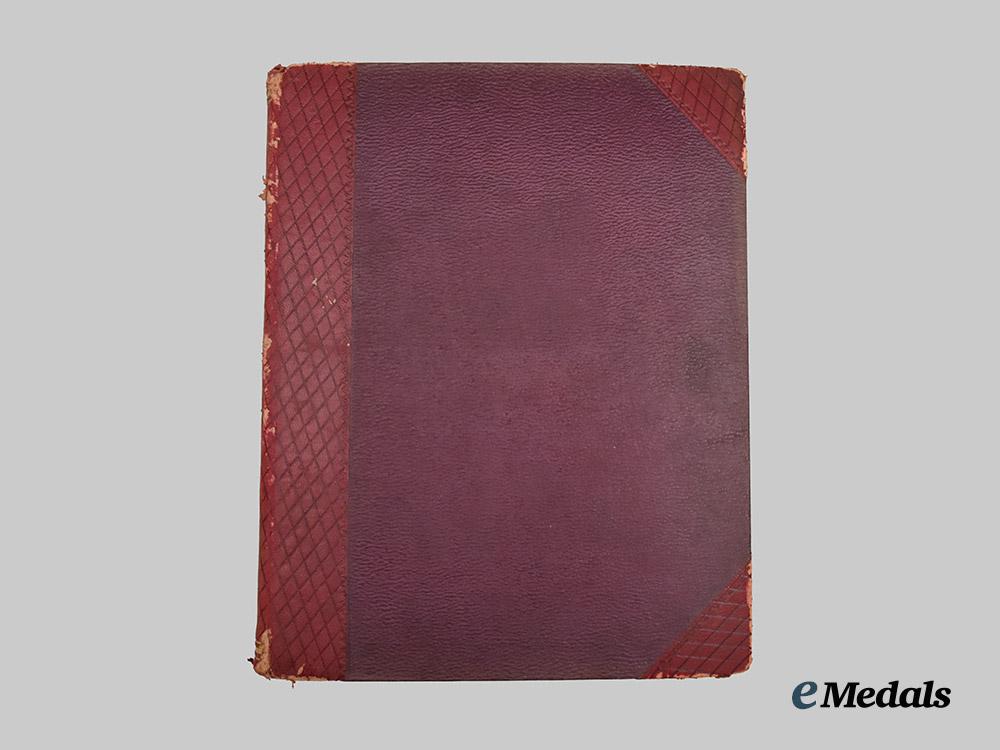
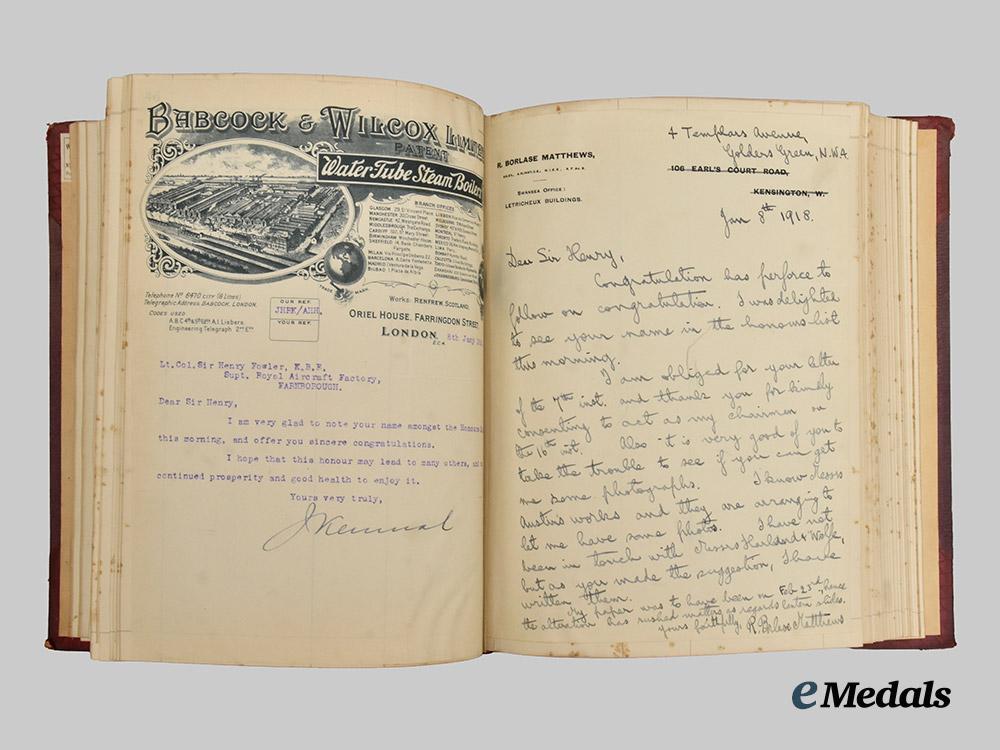
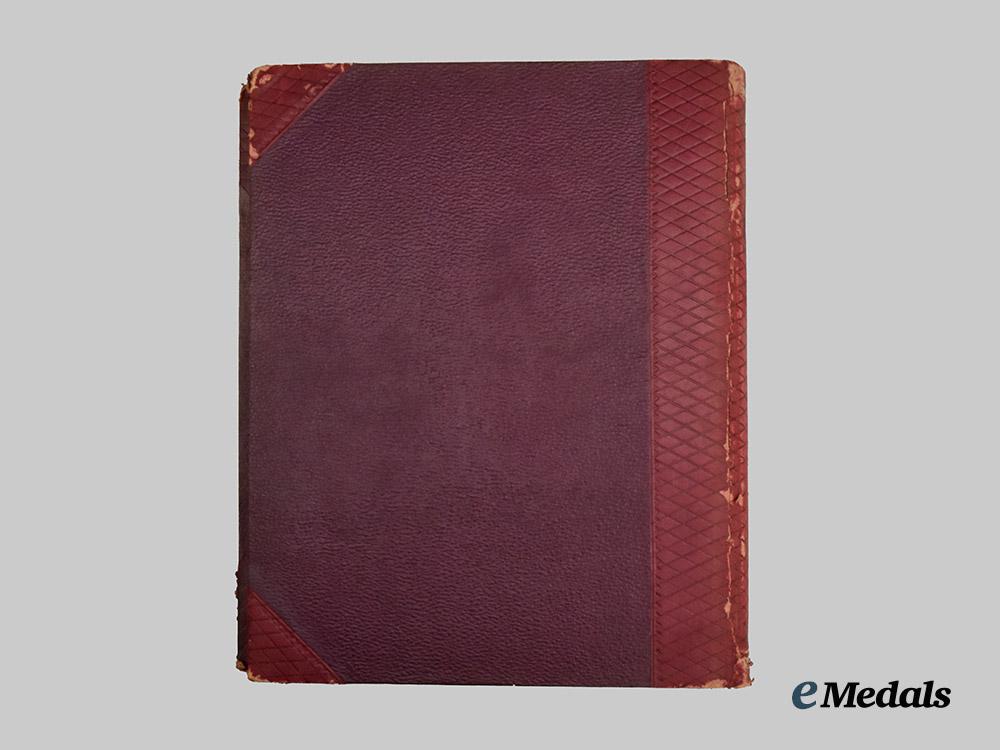
You May Also Like
Germany, SA. A Model 1933 Service Dagger, SA-Gruppe Nordsee, by Friedrich von der Kohlen
G59818
Germany, SA. A Model 1933 Service Dagger, SA-Gruppe Pommern, by Gustav Wirth
G59816
Germany, Third Reich. A Mixed Lot of Tyrolean Marksmanship Badges
G52930
Germany, SS. An Estonian Waffen-SS Volunteer’s Sleeve Shield
G50381
Germany, SS. A Waffen-SS Sturmmann Sleeve Insignia
G52846
-
Germany, SA. A Model 1933 Service Dagger, SA-Gruppe Nordsee, by Friedrich von der Kohlen
G59818
Add to CartRegular price $980 USDRegular price $0 USD Sale price $980 USDUnit price / per -
Germany, SA. A Model 1933 Service Dagger, SA-Gruppe Pommern, by Gustav Wirth
G59816
Add to CartRegular price $980 USDRegular price $0 USD Sale price $980 USDUnit price / per -
Germany, Third Reich. A Mixed Lot of Tyrolean Marksmanship Badges
G52930
Add to CartRegular price $135 USDRegular price $0 USD Sale price $135 USDUnit price / per -
Germany, SS. An Estonian Waffen-SS Volunteer’s Sleeve Shield
G50381
Add to CartRegular price $150 USDRegular price $0 USD Sale price $150 USDUnit price / per -
Germany, SS. A Waffen-SS Sturmmann Sleeve Insignia
G52846
Add to CartRegular price $135 USDRegular price $0 USD Sale price $135 USDUnit price / per
Do you have a similar item you are interested in selling?
Please complete the form and our client care representatives will contact you.
Sell Item






















































